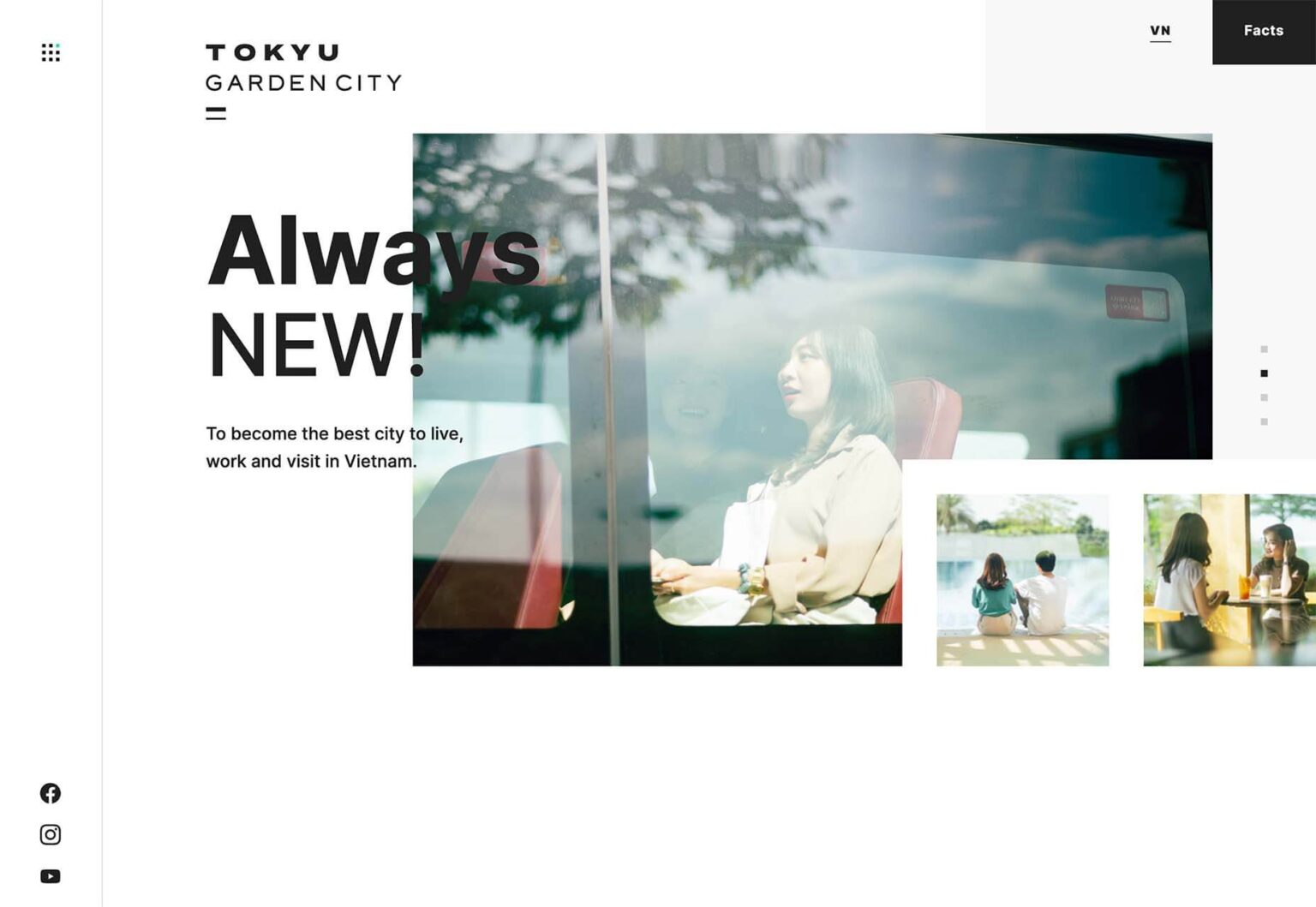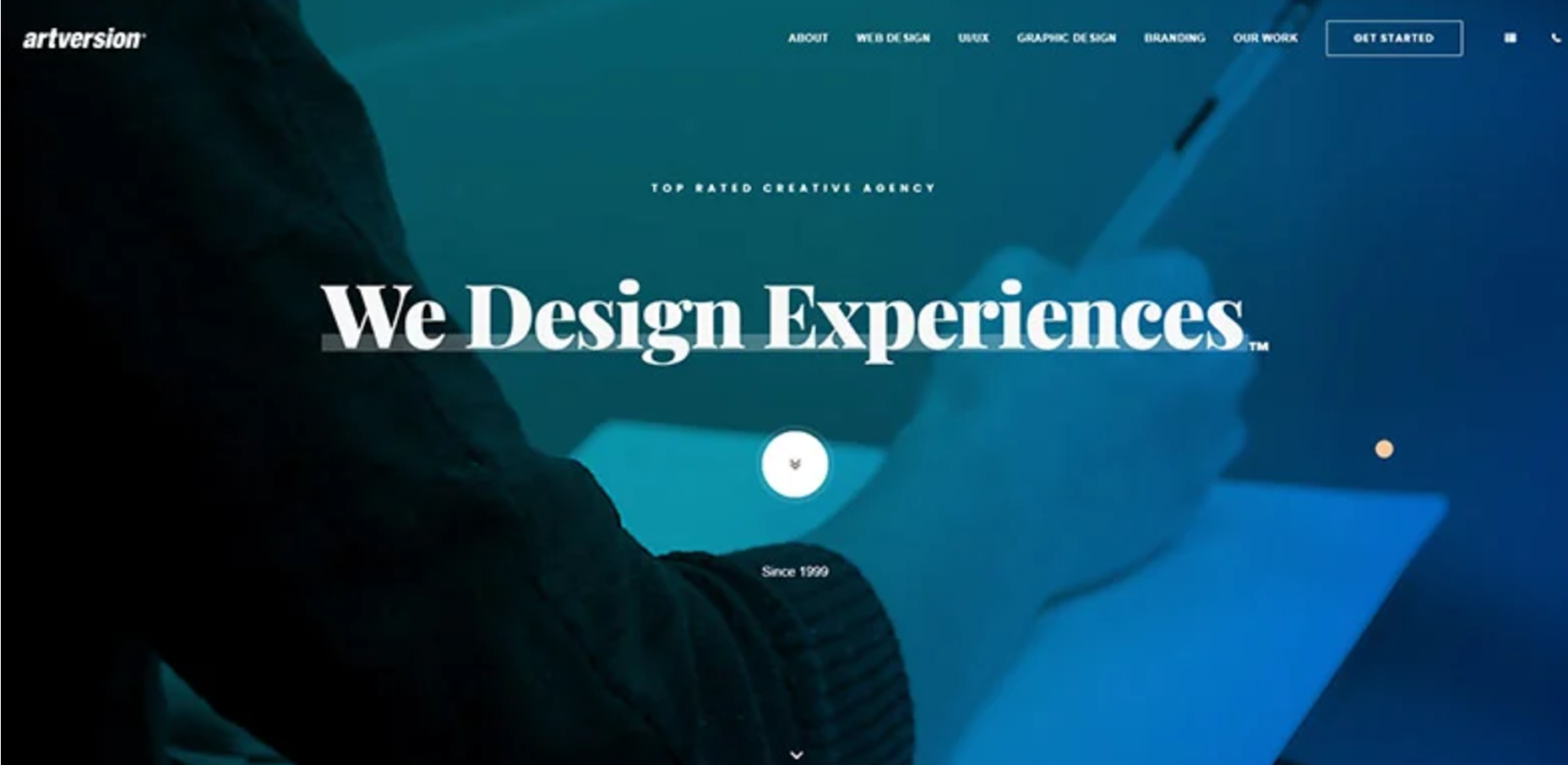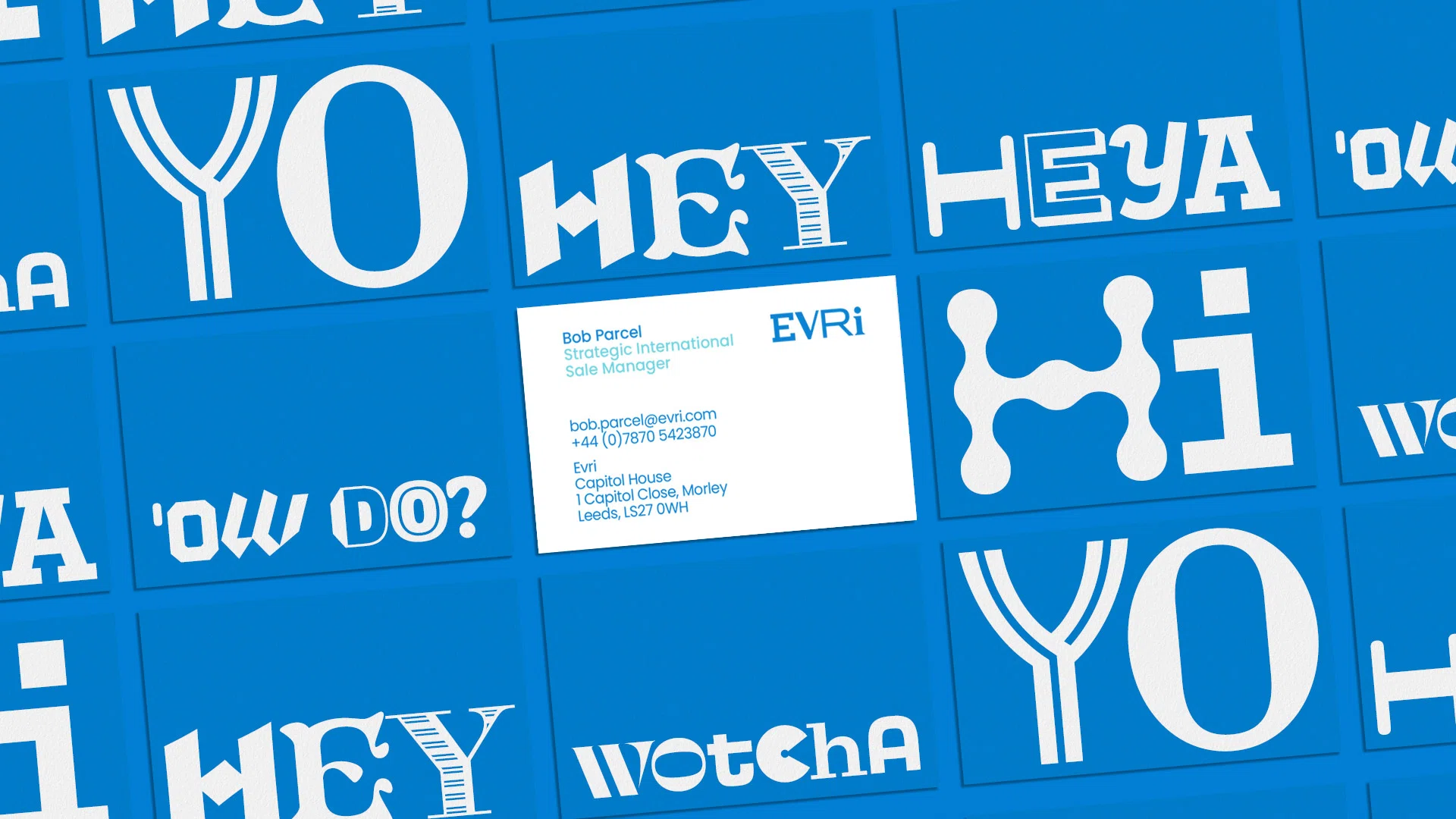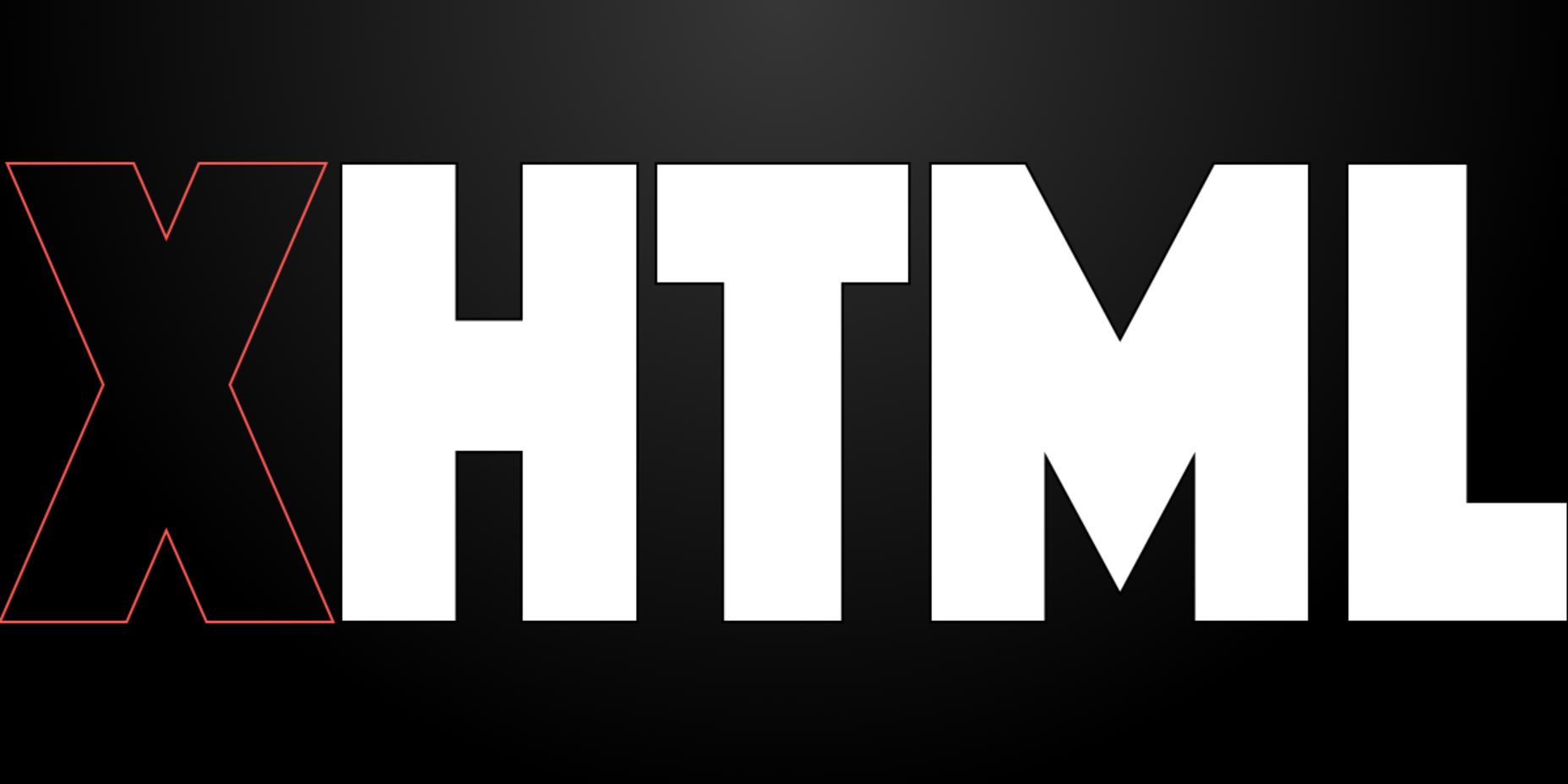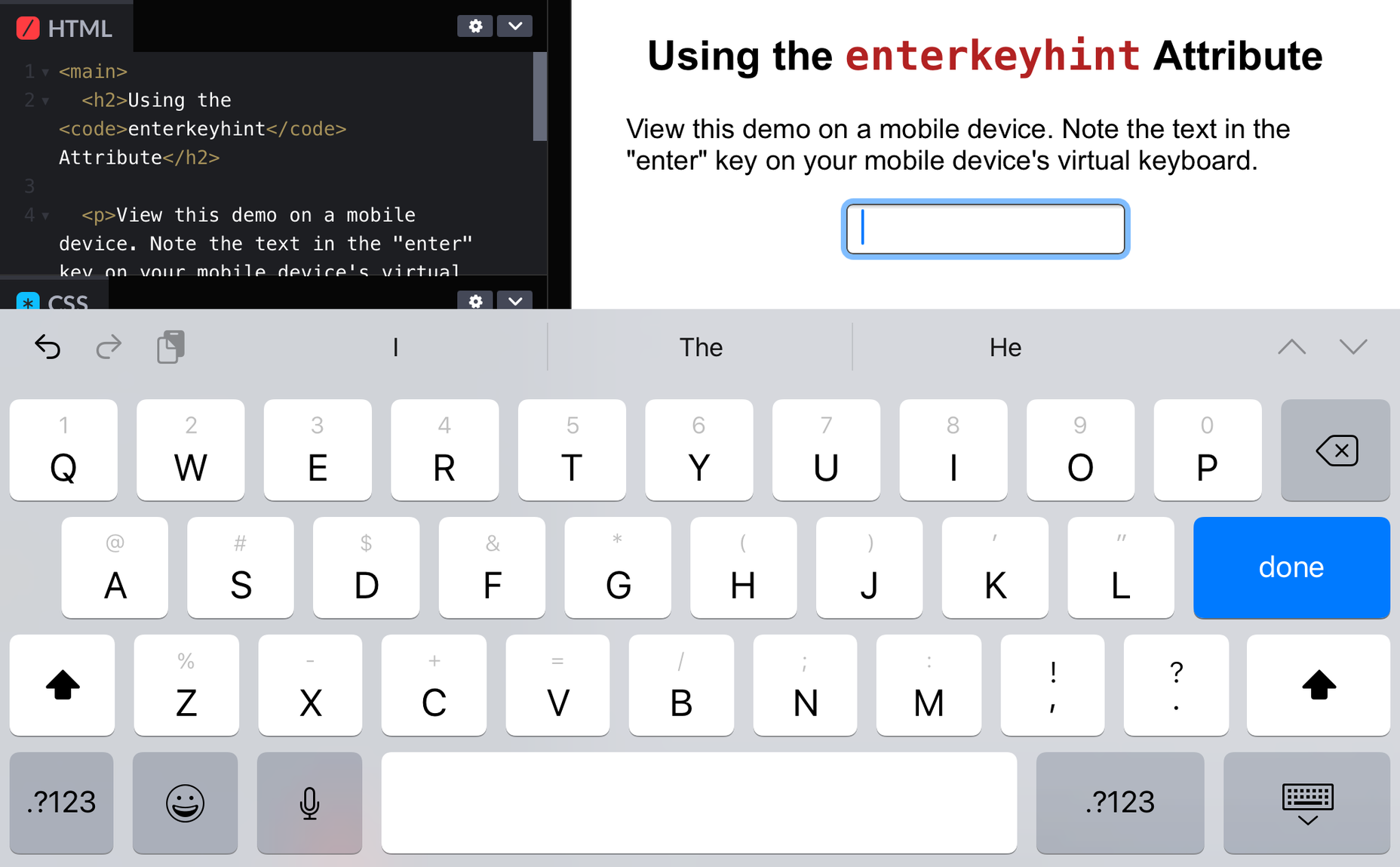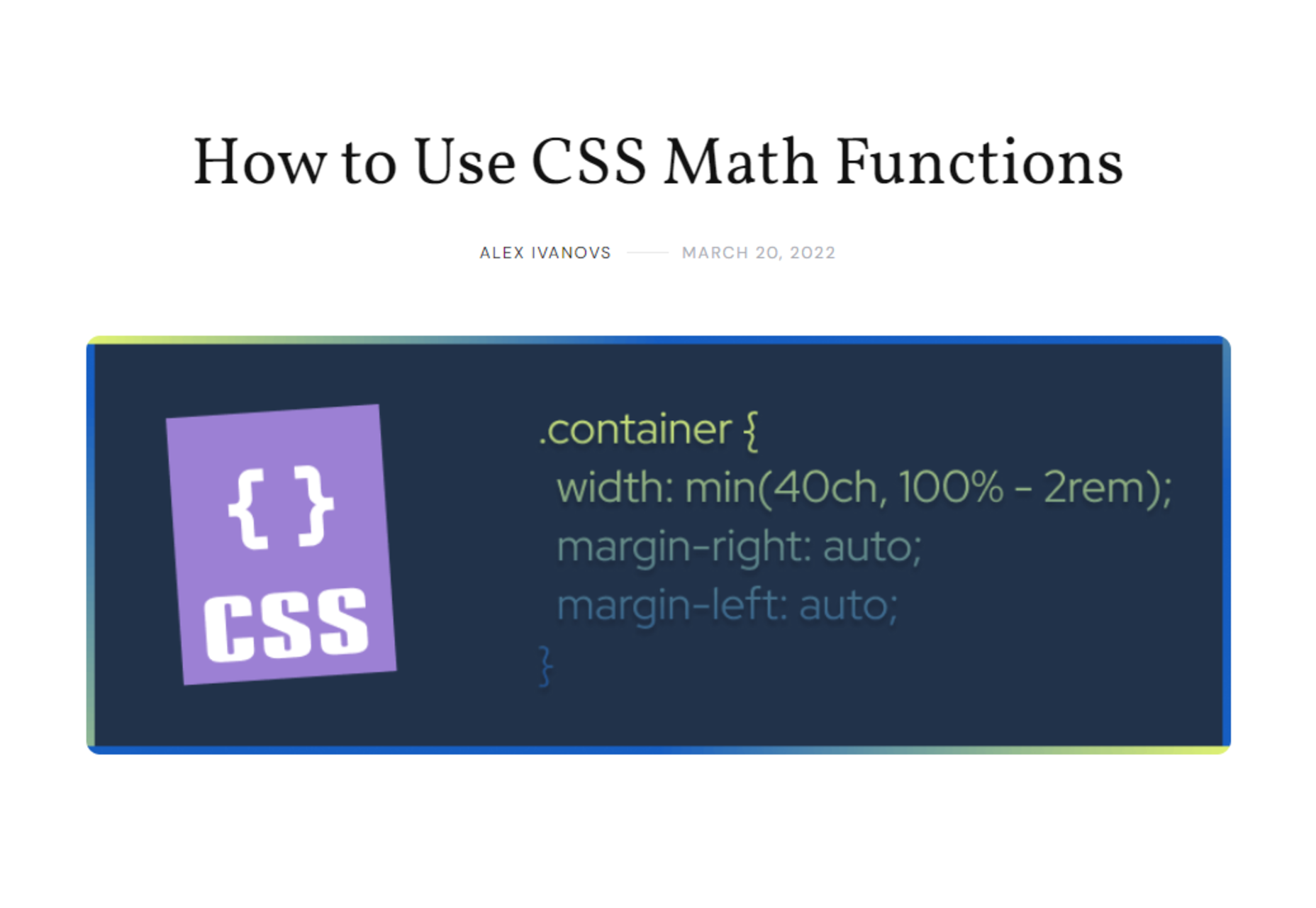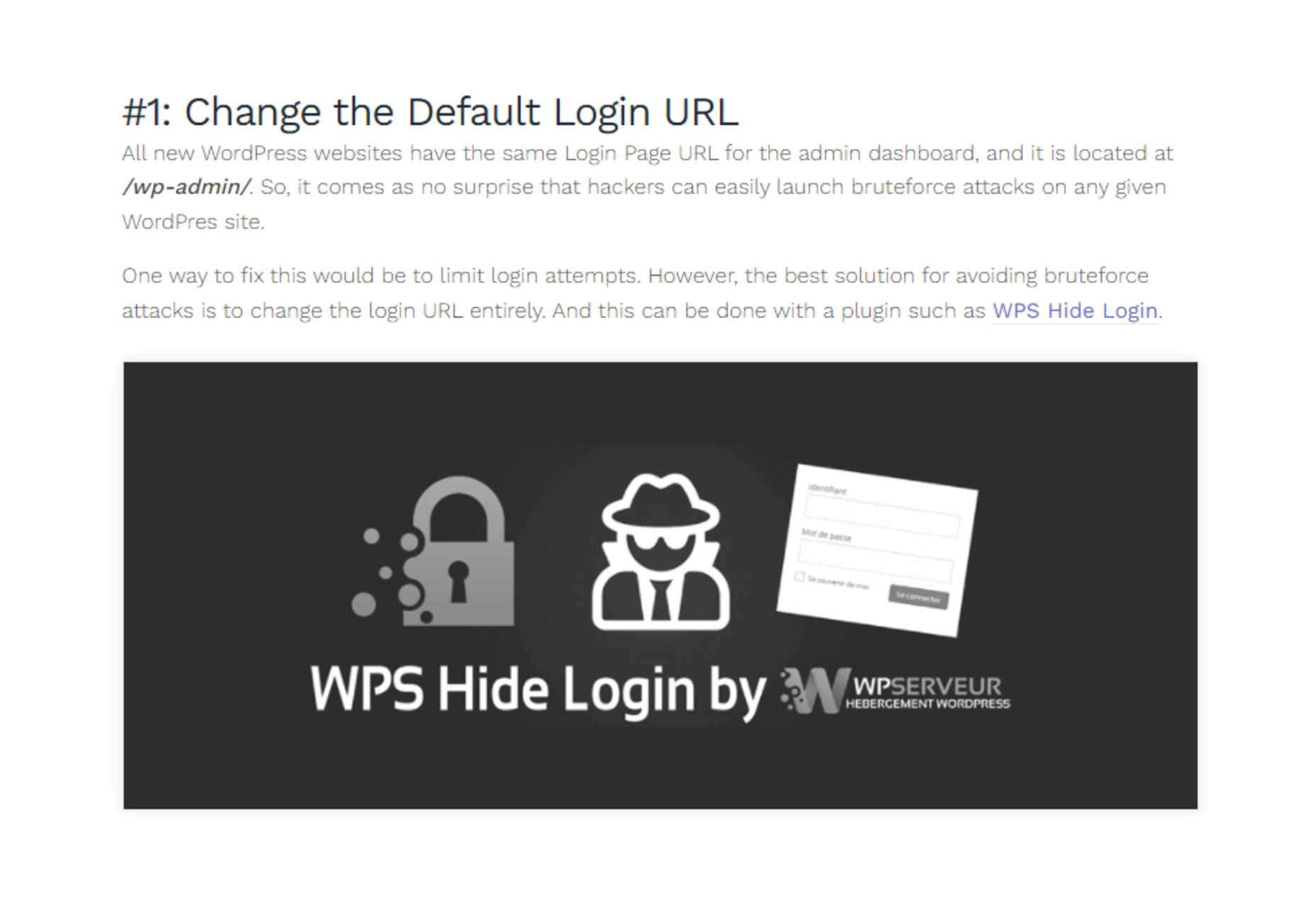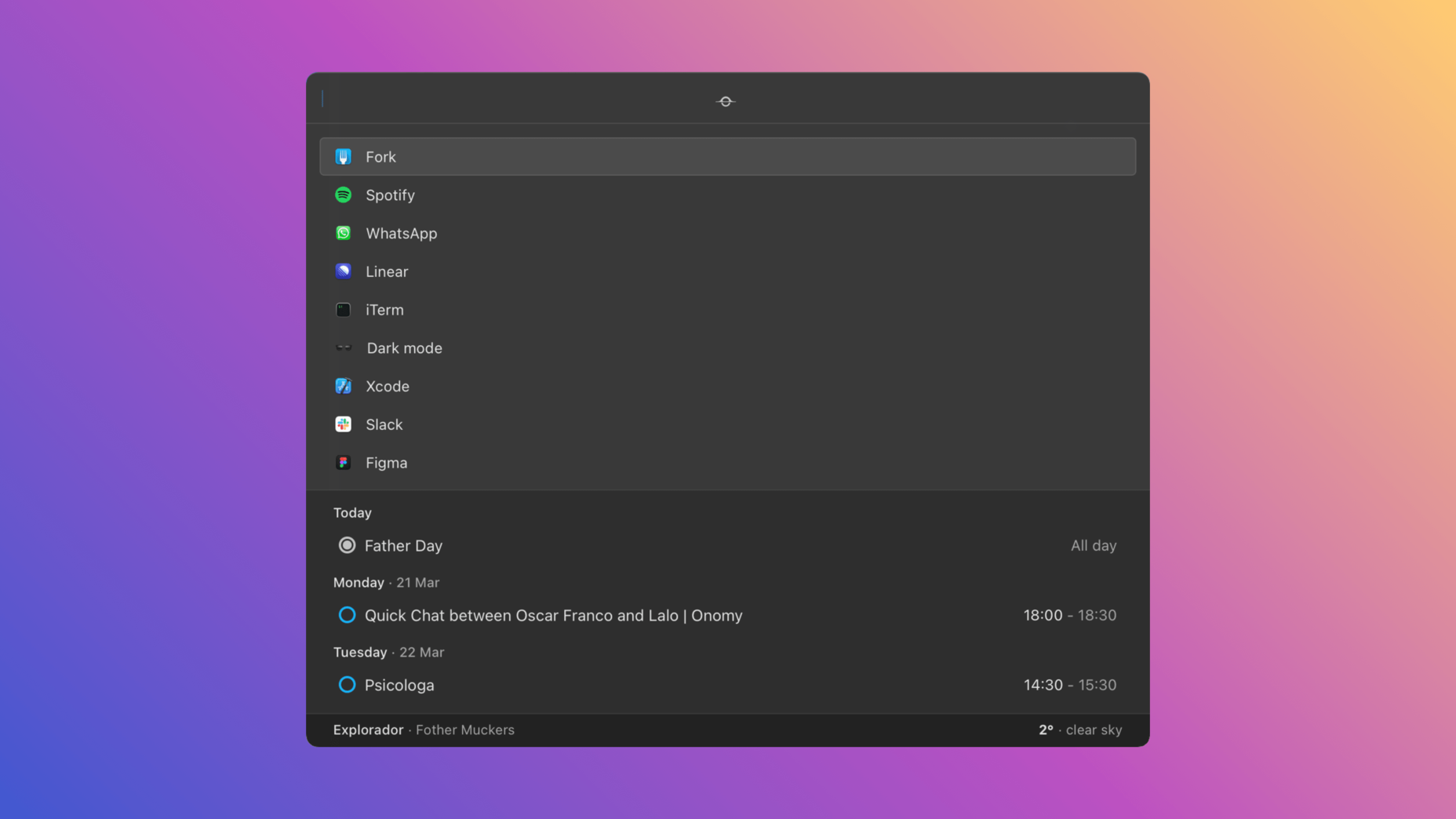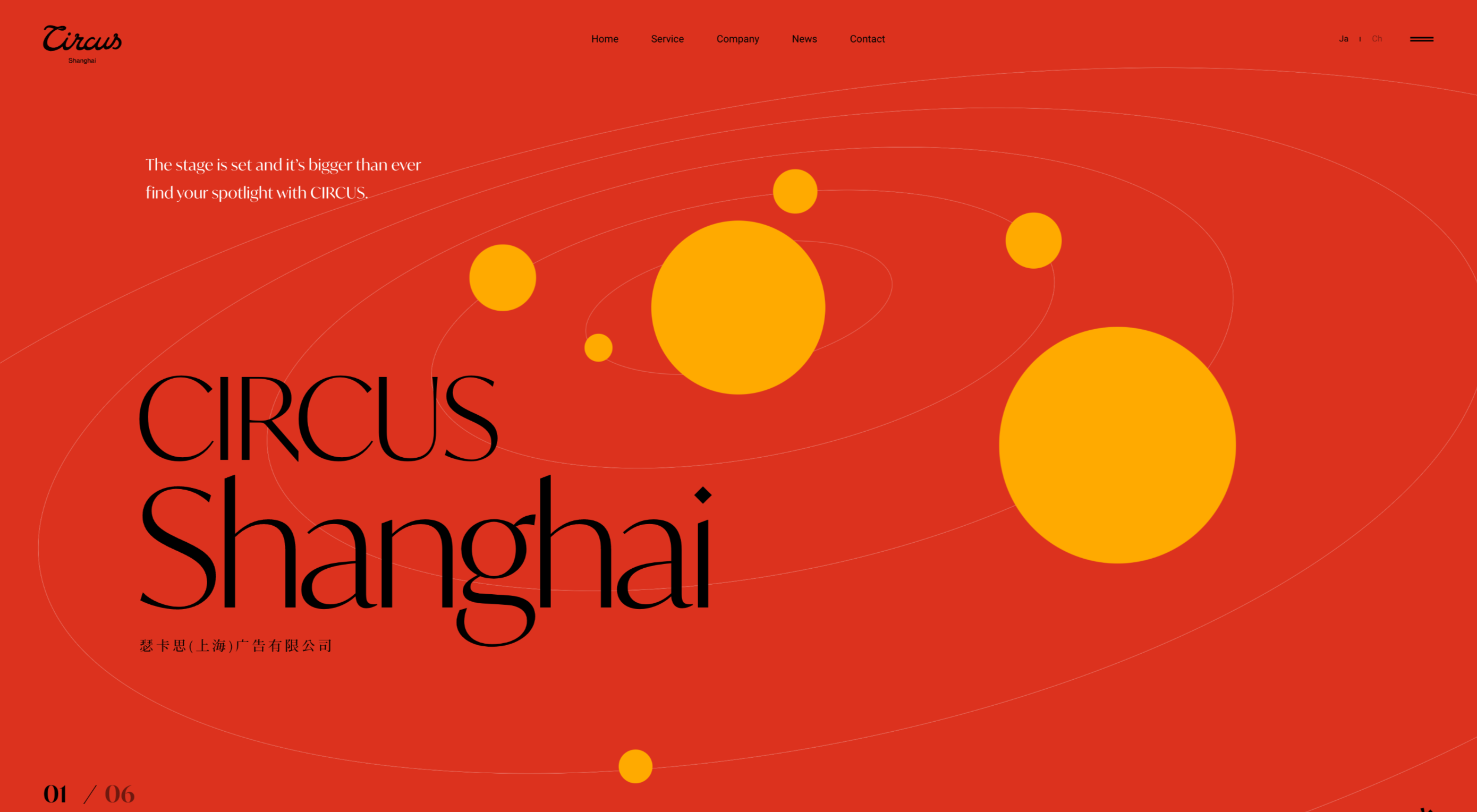 This month’s collection of the best new sites released in the previous four weeks might seem like a mixed bag, but if you look carefully you’ll see distinct themes emerging. Full-page images and videos are back with a vengeance, and designers are embracing large-scale 20th century-inspired typography from Art Nouveau to ’80s corporate.
This month’s collection of the best new sites released in the previous four weeks might seem like a mixed bag, but if you look carefully you’ll see distinct themes emerging. Full-page images and videos are back with a vengeance, and designers are embracing large-scale 20th century-inspired typography from Art Nouveau to ’80s corporate.
Here are the sites that grabbed us this month. Enjoy!
I Killed a Cactus
I Killed a Cactus is a beautifully rendered 3D site that guides the less-horticulturally inclined of us in the best ways to care for our houseplants.
Aris Hotel
After a couple of years in which travel has been restricted, we’re itching to get moving again, and this elegant site for Aris Hotel is steering us in the direction of Crete.
Emergence Magazine
With excellent writing and great photography, Emergence Magazine is dedicated to stories that intertwine ecology and spirituality. Its bold typography epitomizes its ethos.
Milton Textiles
Milton is a textiles manufacturer with an eye for design. Its site showcases its art-inspired collection with big, bold, colorful photography.
Brutally Human
Brutally Human is the one-page portfolio/pitch of designer Stanley Vaganov. He has an impressive client list, and his site exudes the confidence that comes with that.
MAAP
MAAP uses a billowing flag to grab your attention as soon as you land on the site. The whole site is clean, efficient, and cool; exactly what you’d expect from a cycling apparel company.
Diabla
Outdoor furniture is typically presented as minimal and sophisticated. Diabla throws surrealism into the mix by introducing brand colors to its large-scale photography.
Steffie de Leeuw
The site for designer and artist Steffie de Leeuw features large typography that appears to be woven through layers of intricate illustration.
Garden Eight
What could be better than Garden Eight’s gaggle of 3D-rendered cartoon creatures floating around a page, twisting and transforming into new shapes?
Circus Shanghai
The site for Circus Shanghai uses a rich mid-century illustration to reference both the solar system and the Chinese flag; it’s an arresting combination.
Moooi
Ever inventive, the new micro-site for Moooi asks you to defy gravity with an engaging scroll through collages based on its product range.
Josephmark
More full-page motion, this time for design studio Josephmark. The site blends rich colors with a brutalist layout and minimalist typography to create its own identity.
Tony G
We love the infinite scroll on the homepage for creative agency Tony G. It’s a great way to add a slideshow to your homepage without the flaws of slideshows.
Estudio Piedras
This site for furniture design studio Estudio Piedras uses bold lettering mixed with product shots. The straightforward site is punchy and mimics the solidity of the materials used.
The Fleur
The Fleur is a botanical encyclopedia of fictional flowers that Ondre Jzunka has created as NFTs on the Ethereum blockchain.
Gloutir
Gloutir is the site for a “subscription-based workhorse design and development studio” that breaks all the rules of typography, and yet somehow it works.
Sophias
The rich blue and bright cream of the site for Sophias urban bistro and city garden echoes the welcoming real-world interiors and ties the brand together.
Lucalem
Lucalem is the portfolio site of designer and developer Lucas De Melo. A little more fun than the typical freelancer’s site, it features a disturbingly phallic character.
Soft Power
Soft Power is a creative design studio with an eye-popping list of international clients. Its advertising-style site uses a trendy glitch effect expertly.
Aather
Pastel colors and subtle textures evoke a calm mood, ideal for candle company Aather. It’s challenging to visually present smell, but this site does it well.
The post 20 Best New Sites, April 2022 first appeared on Webdesigner Depot.
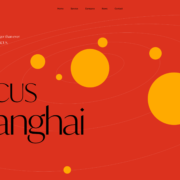
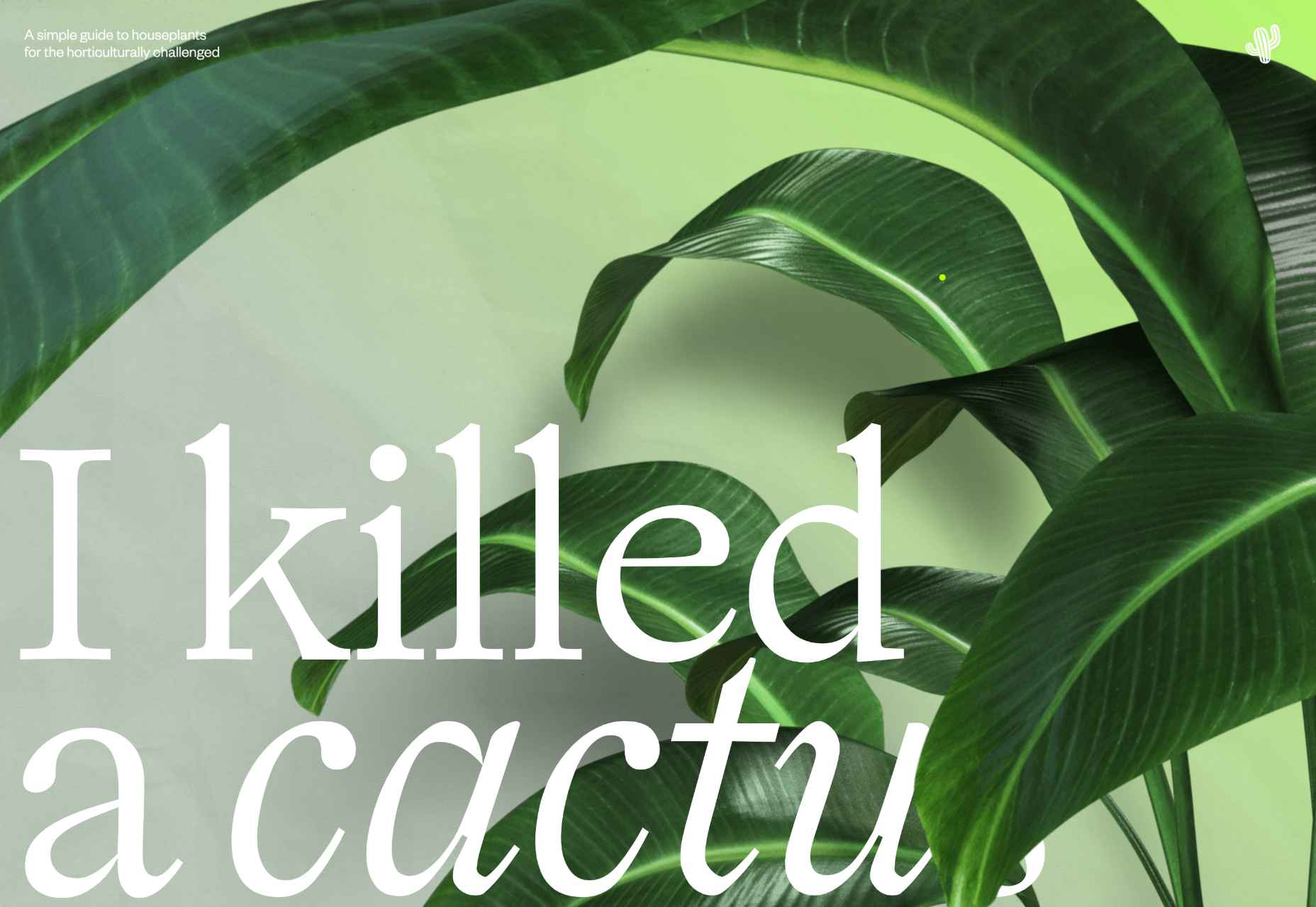
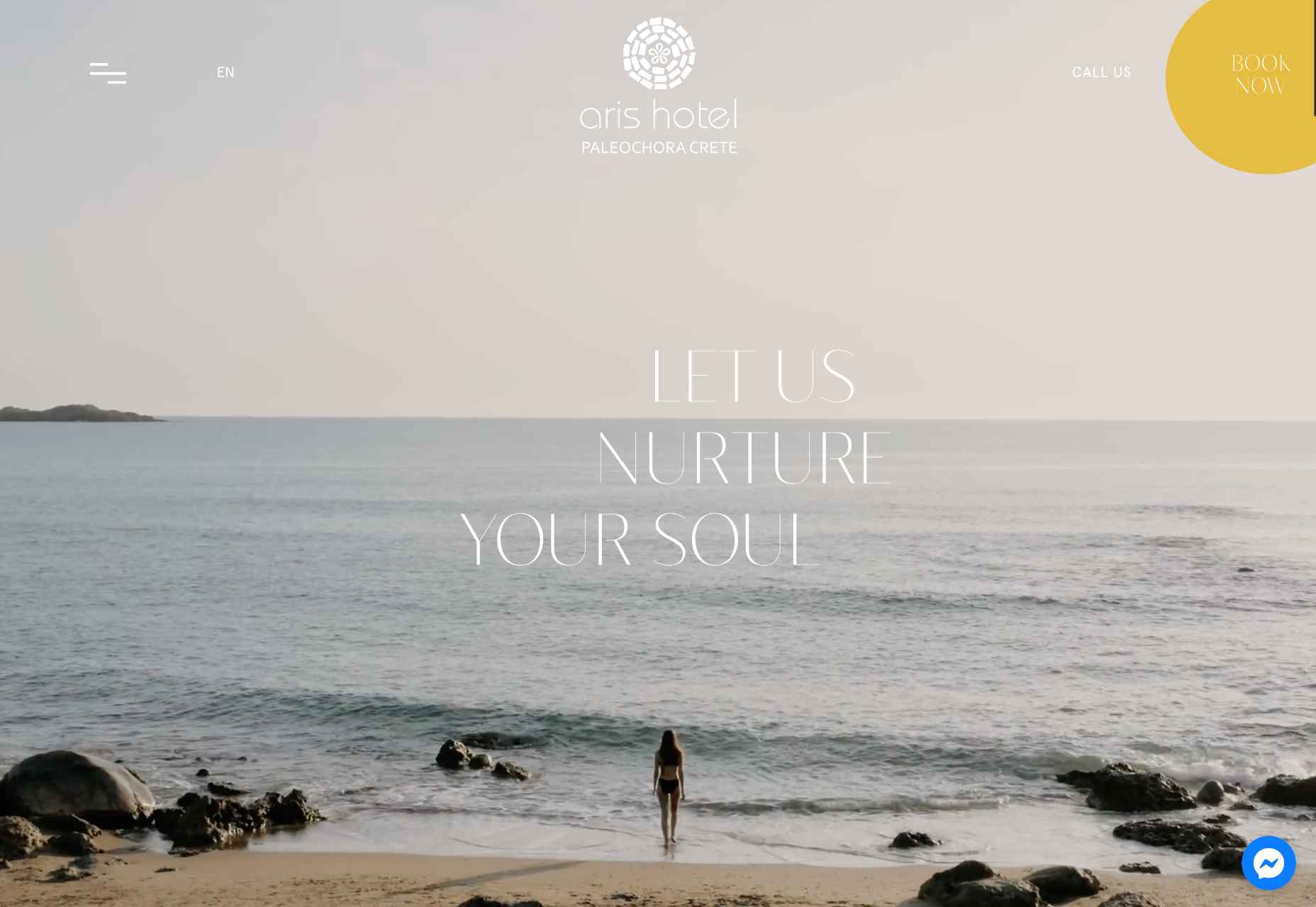
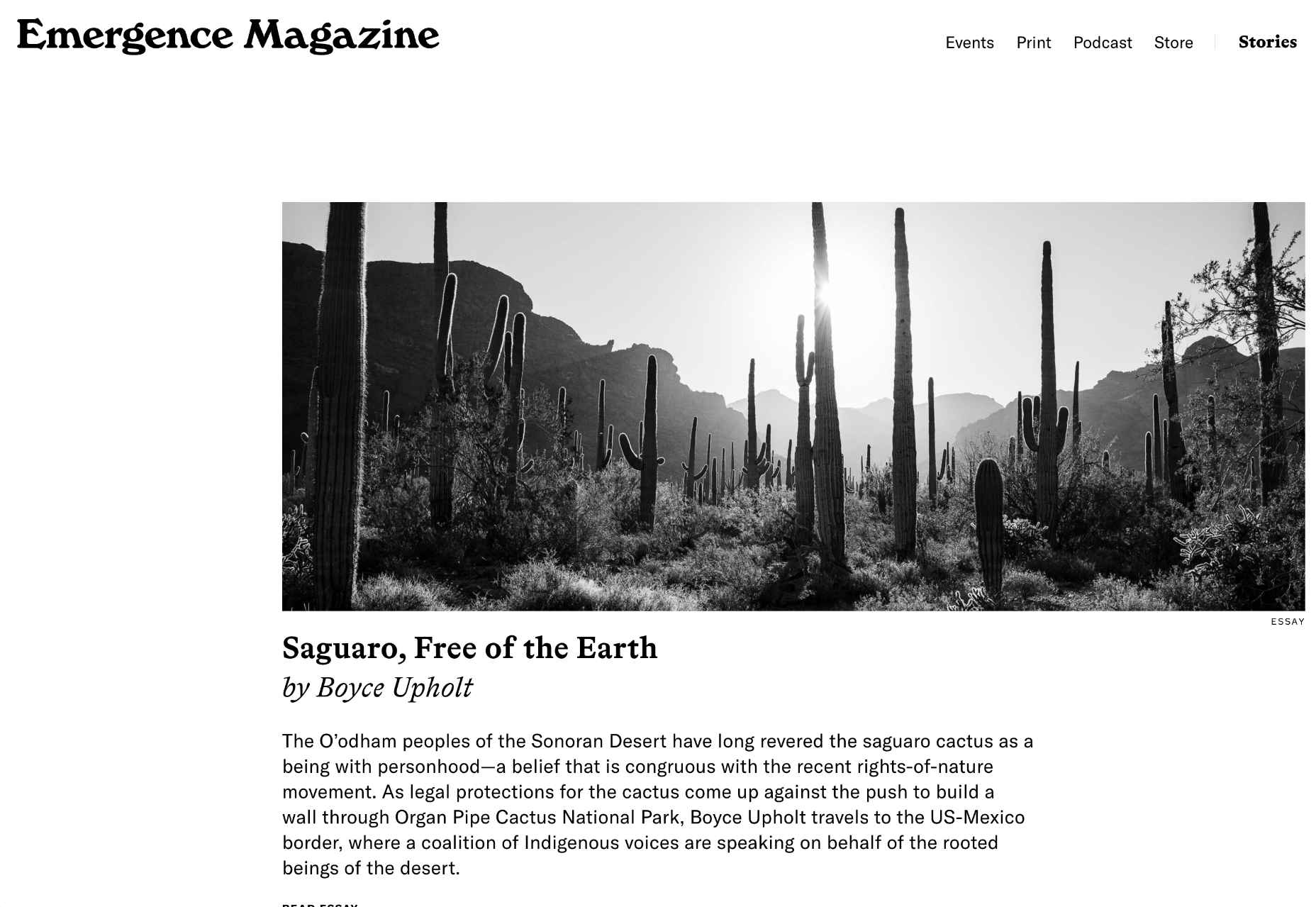
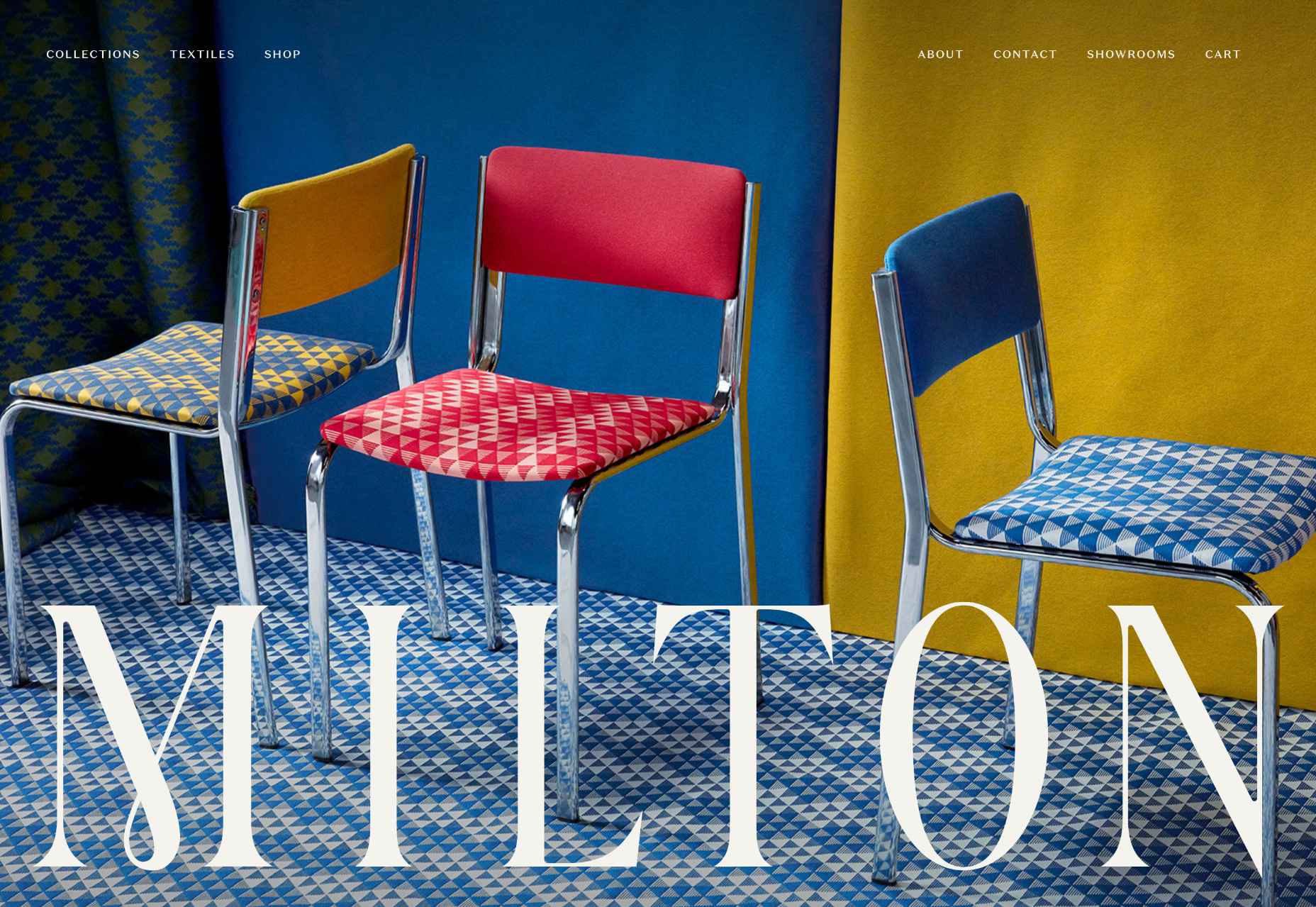
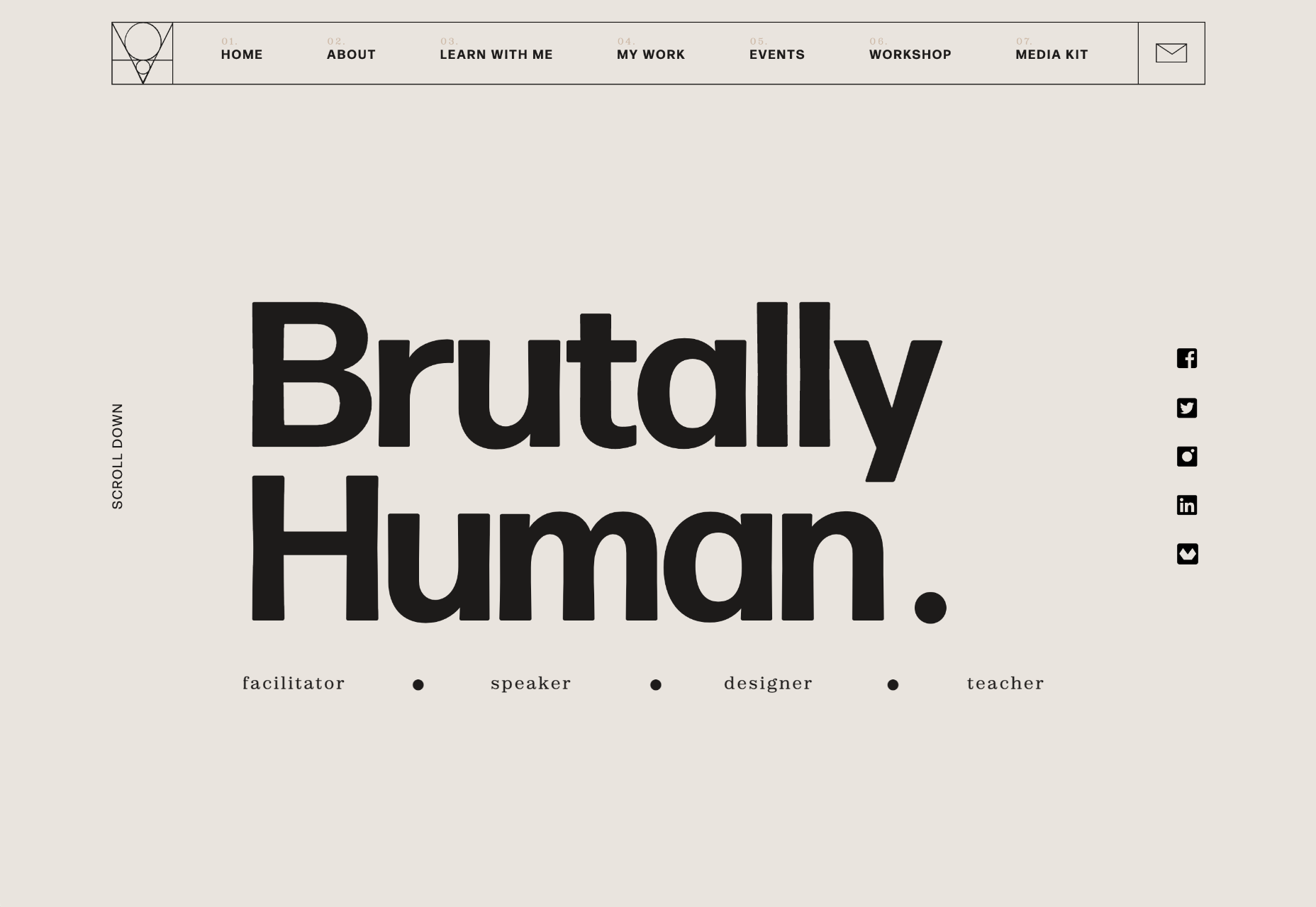
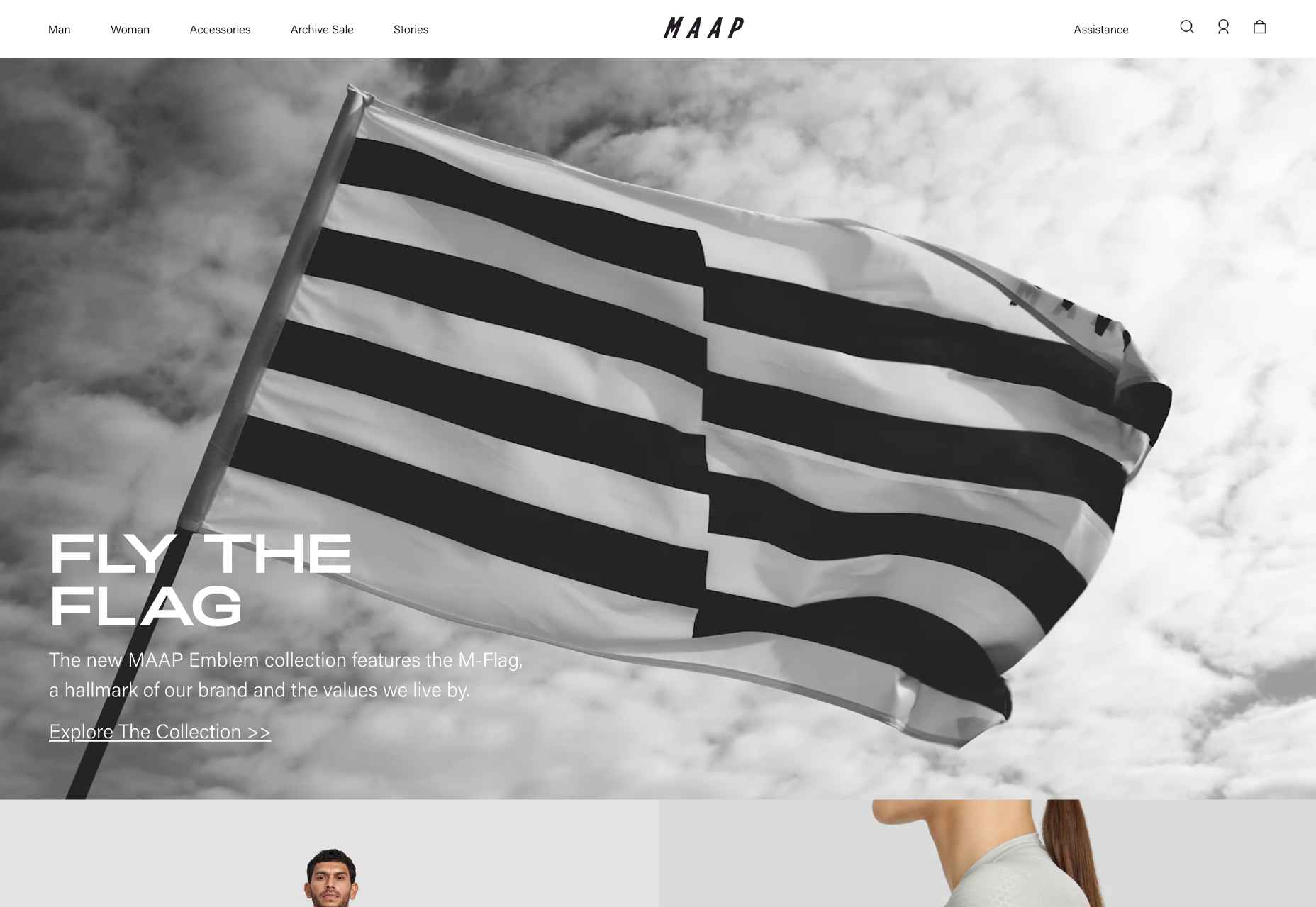
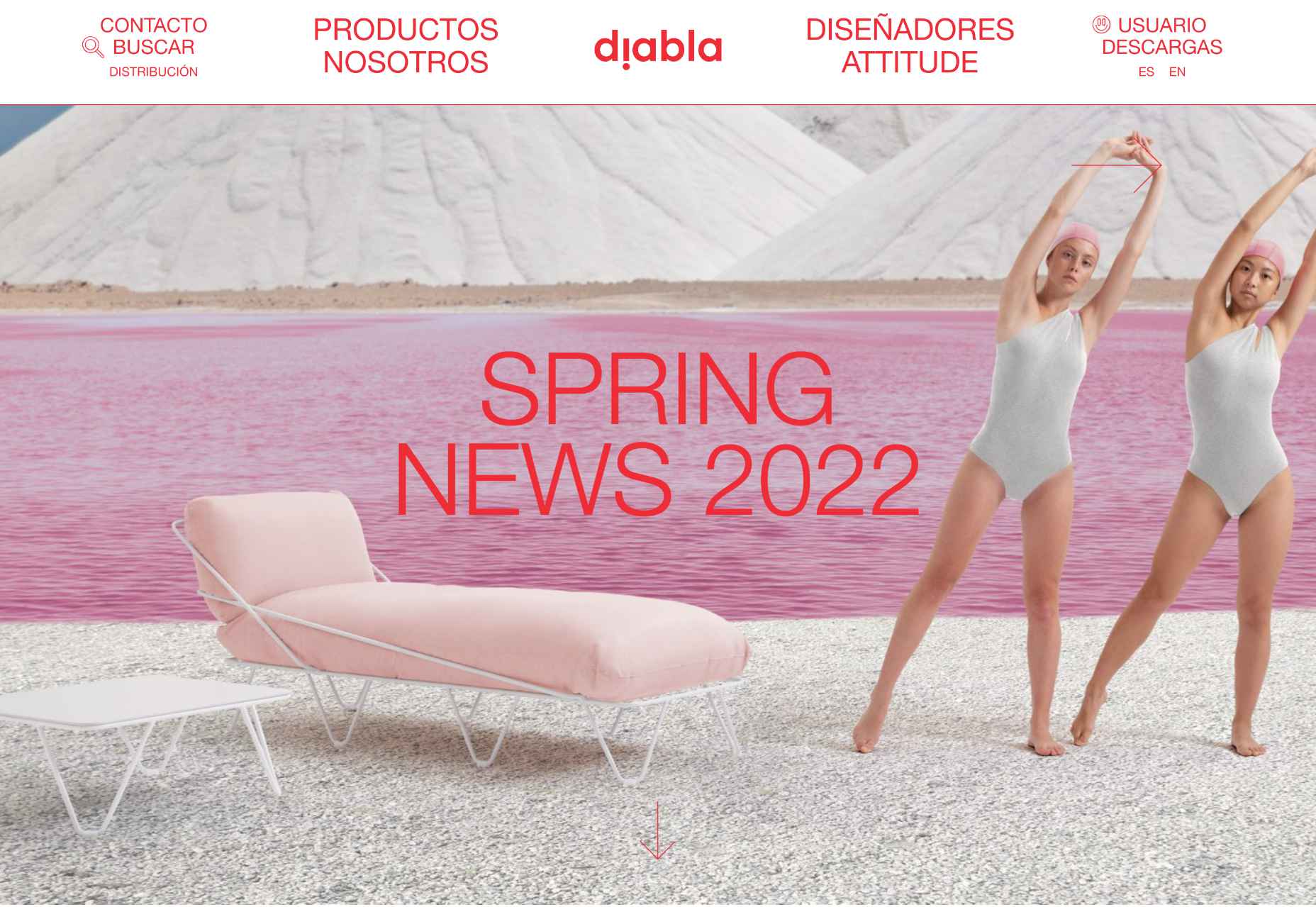

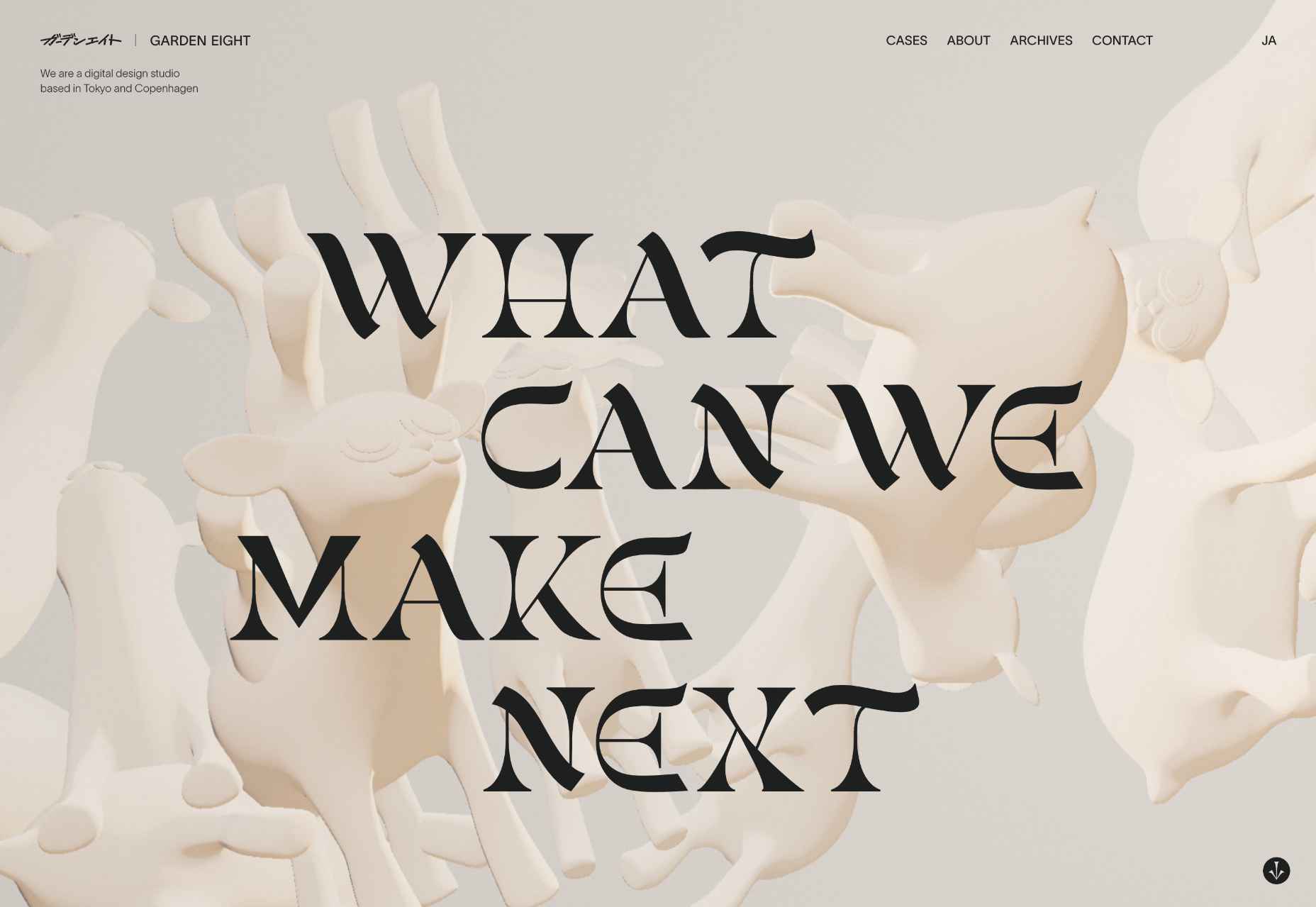

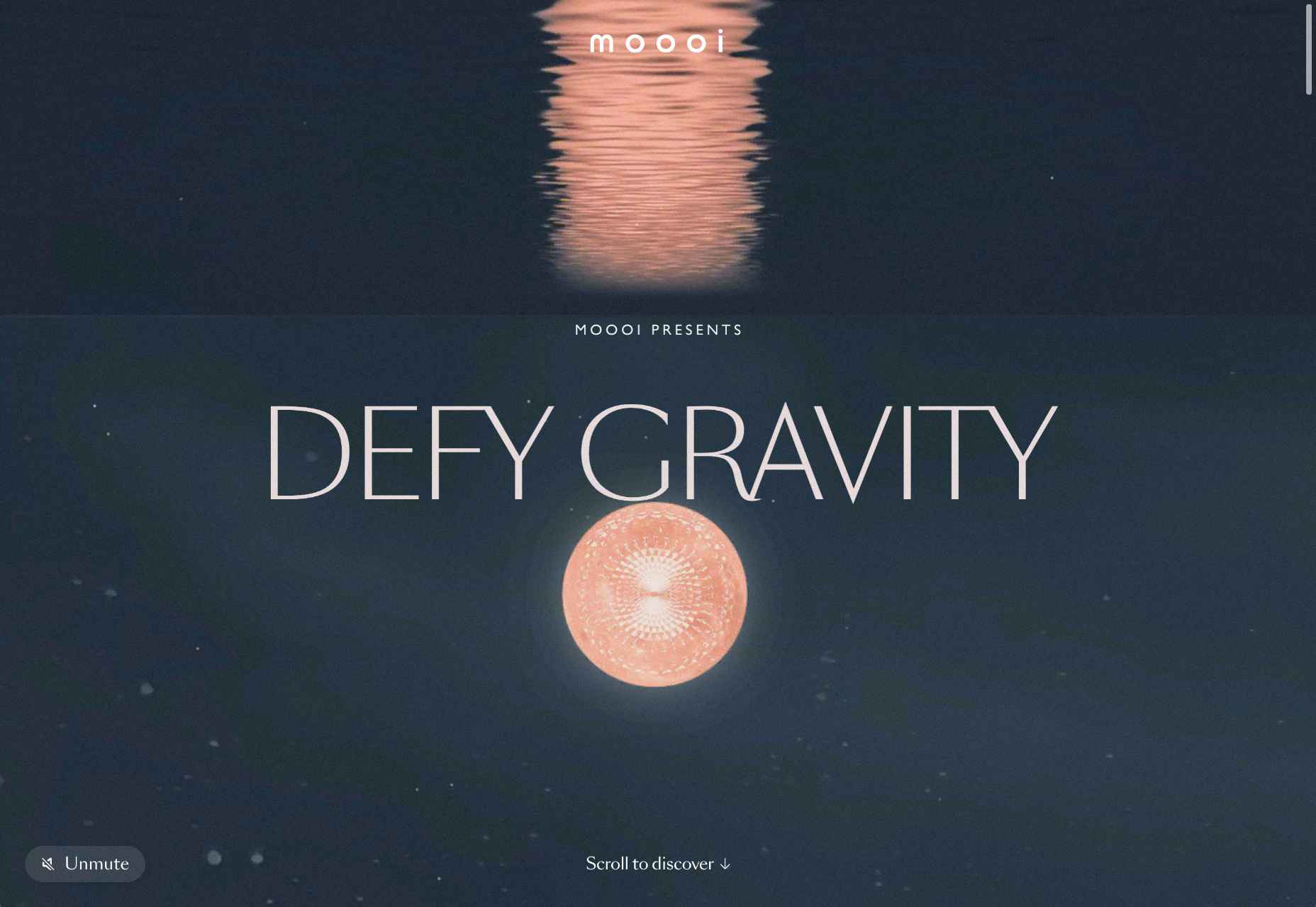
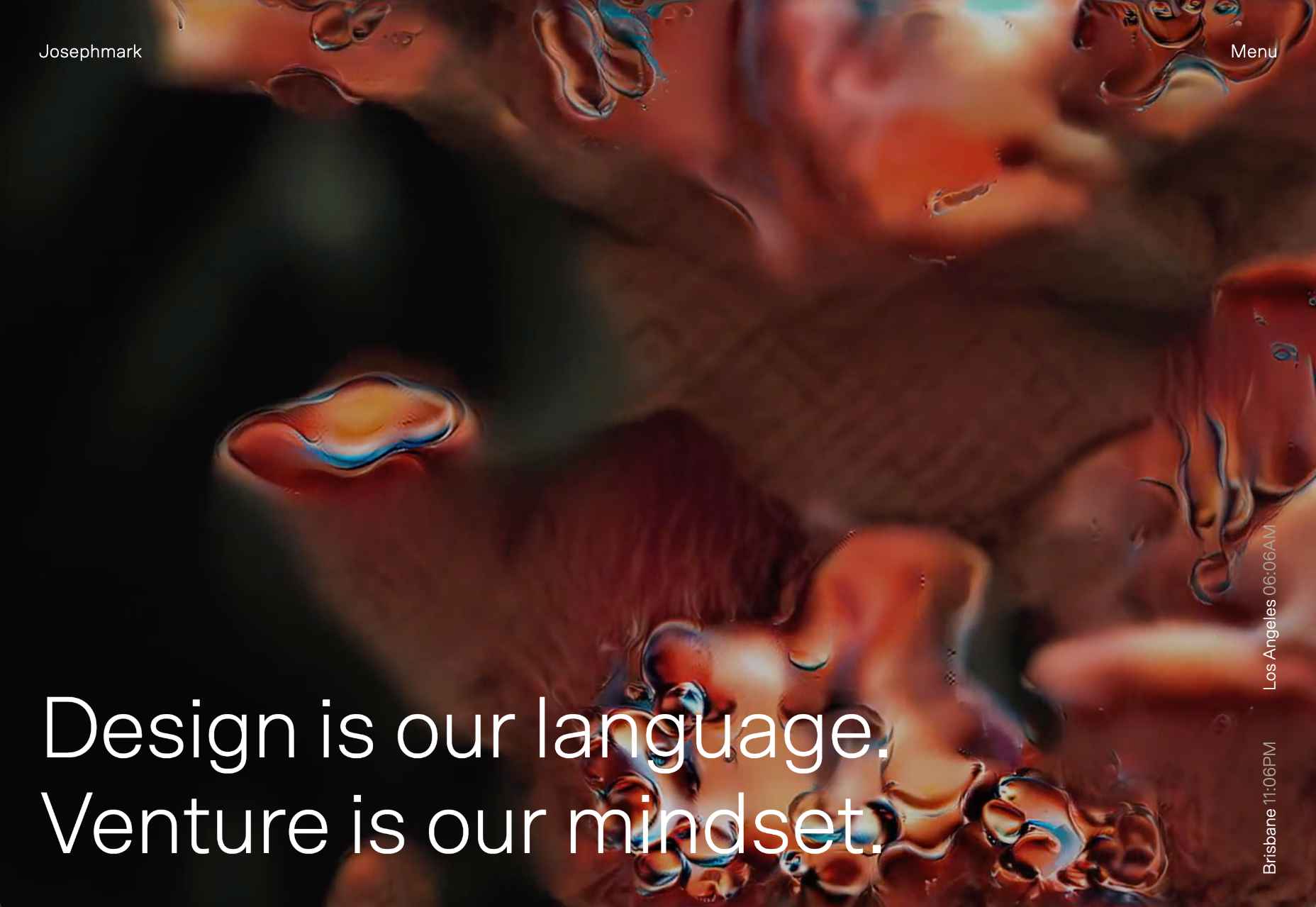
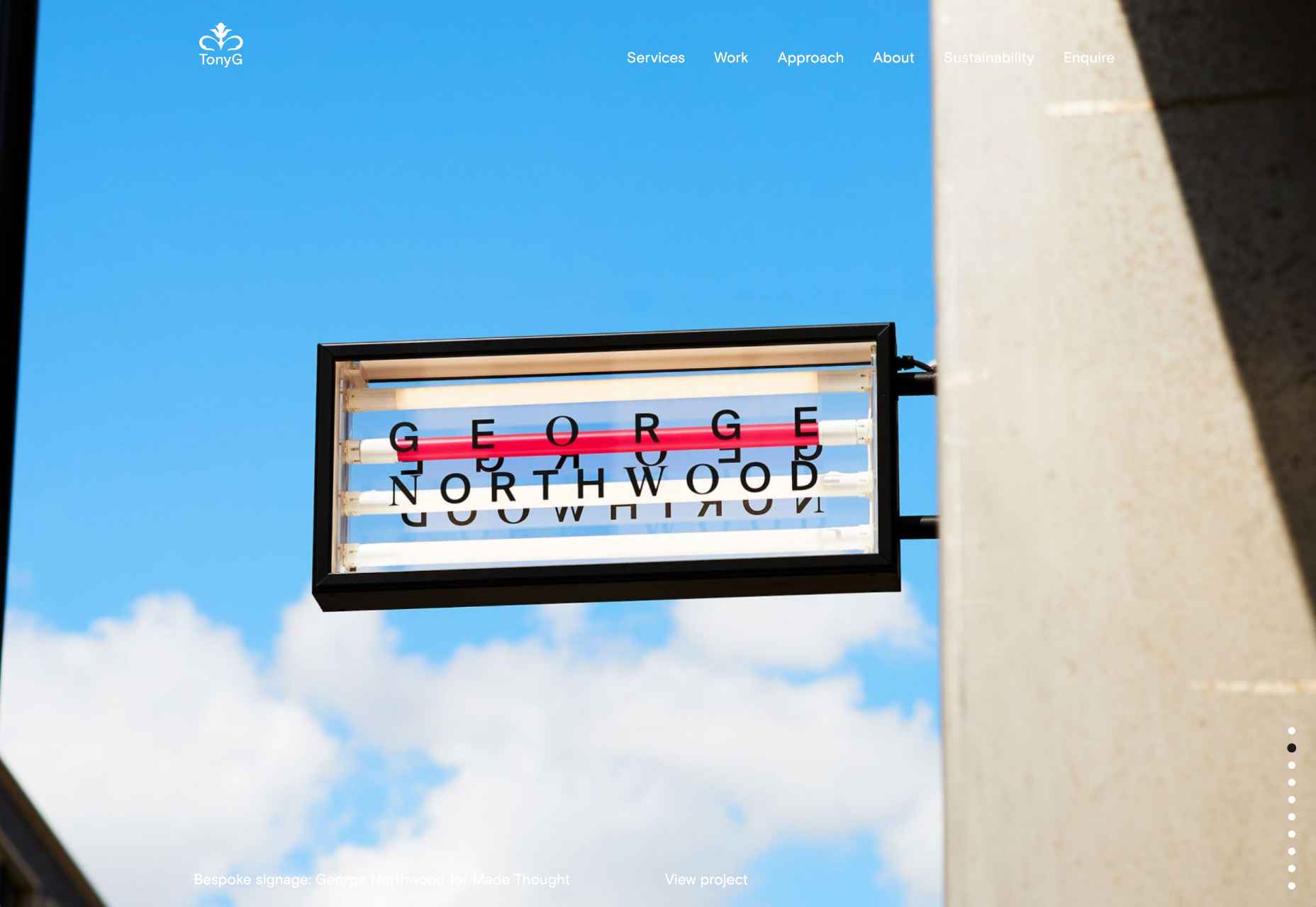
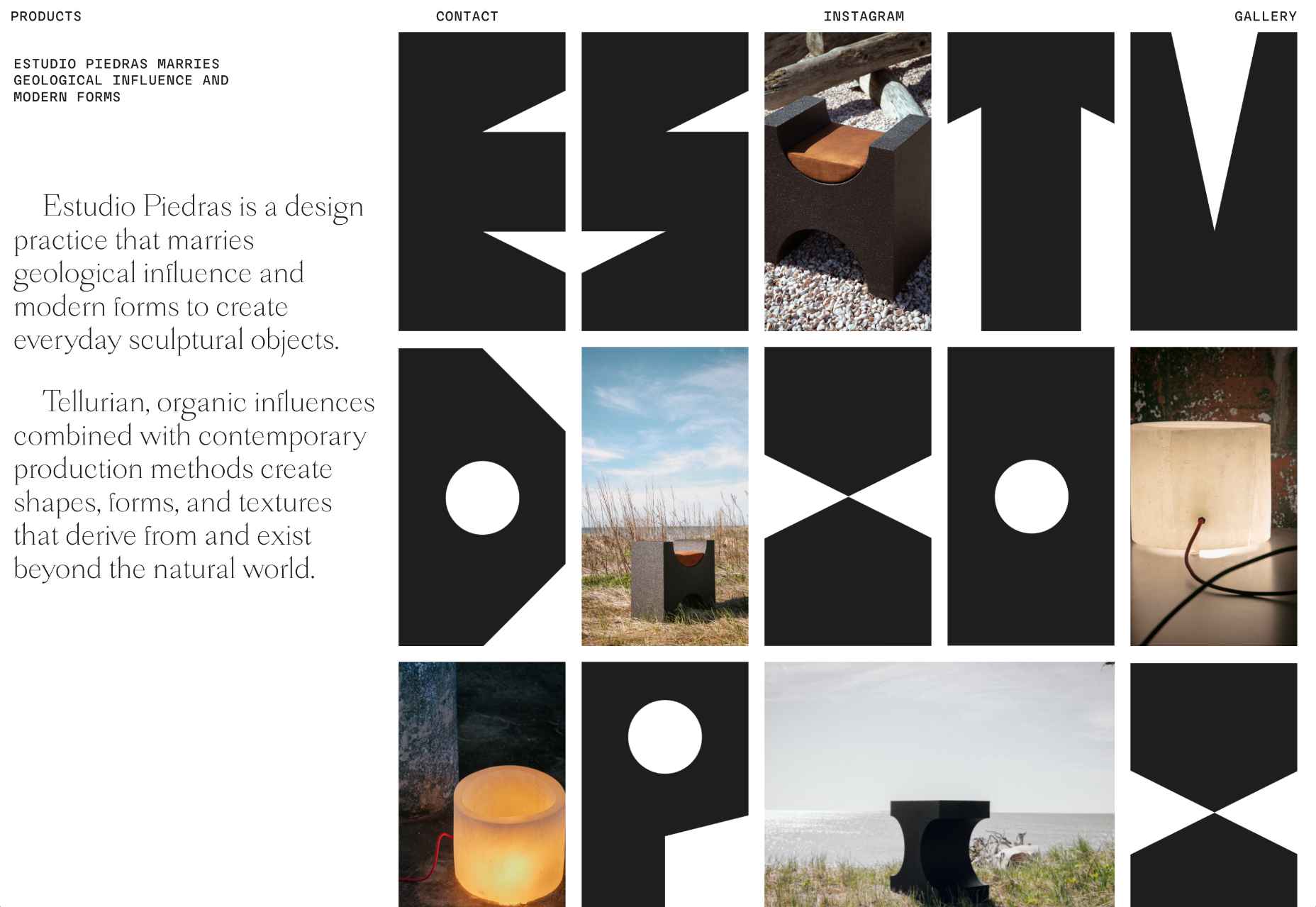
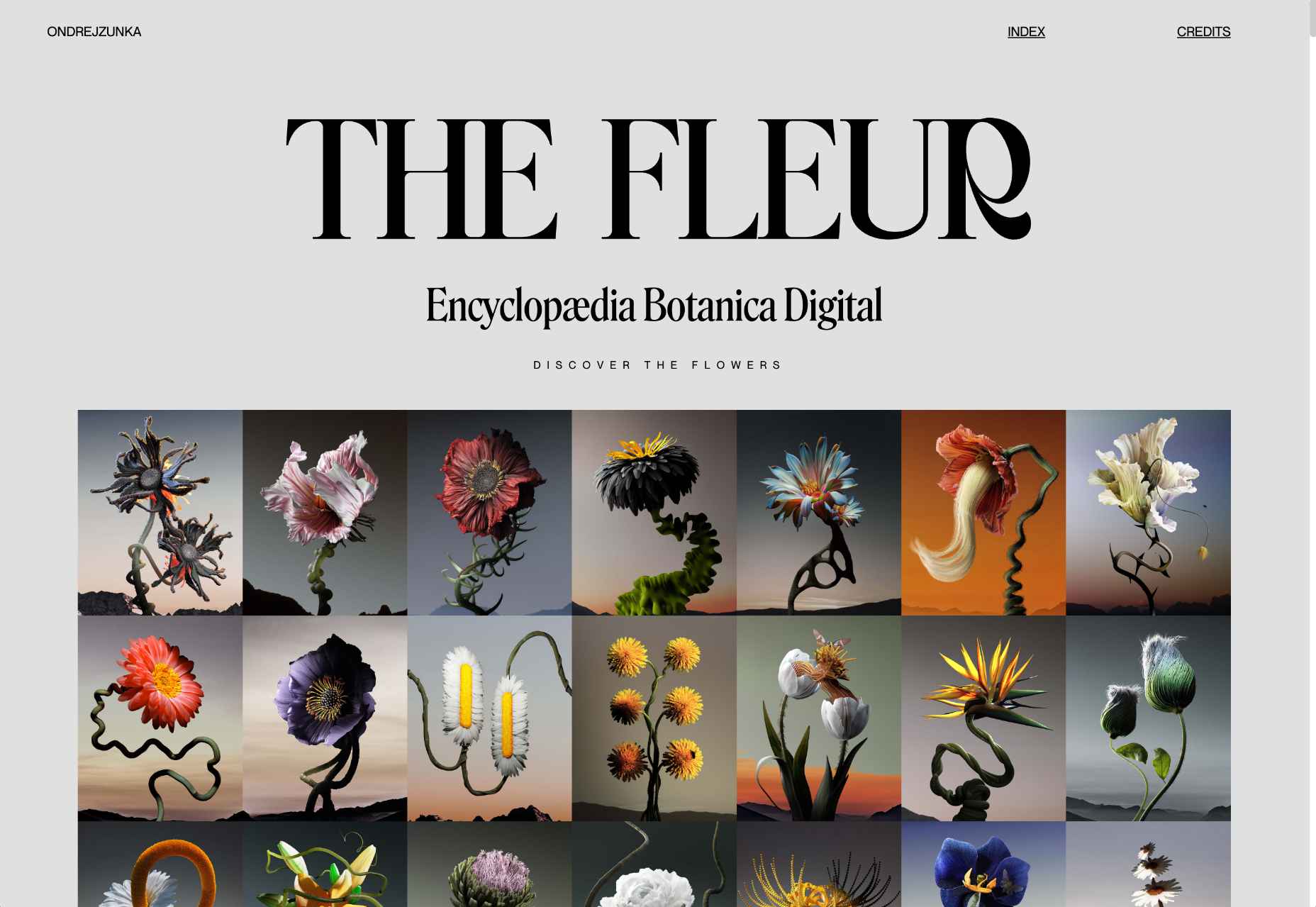
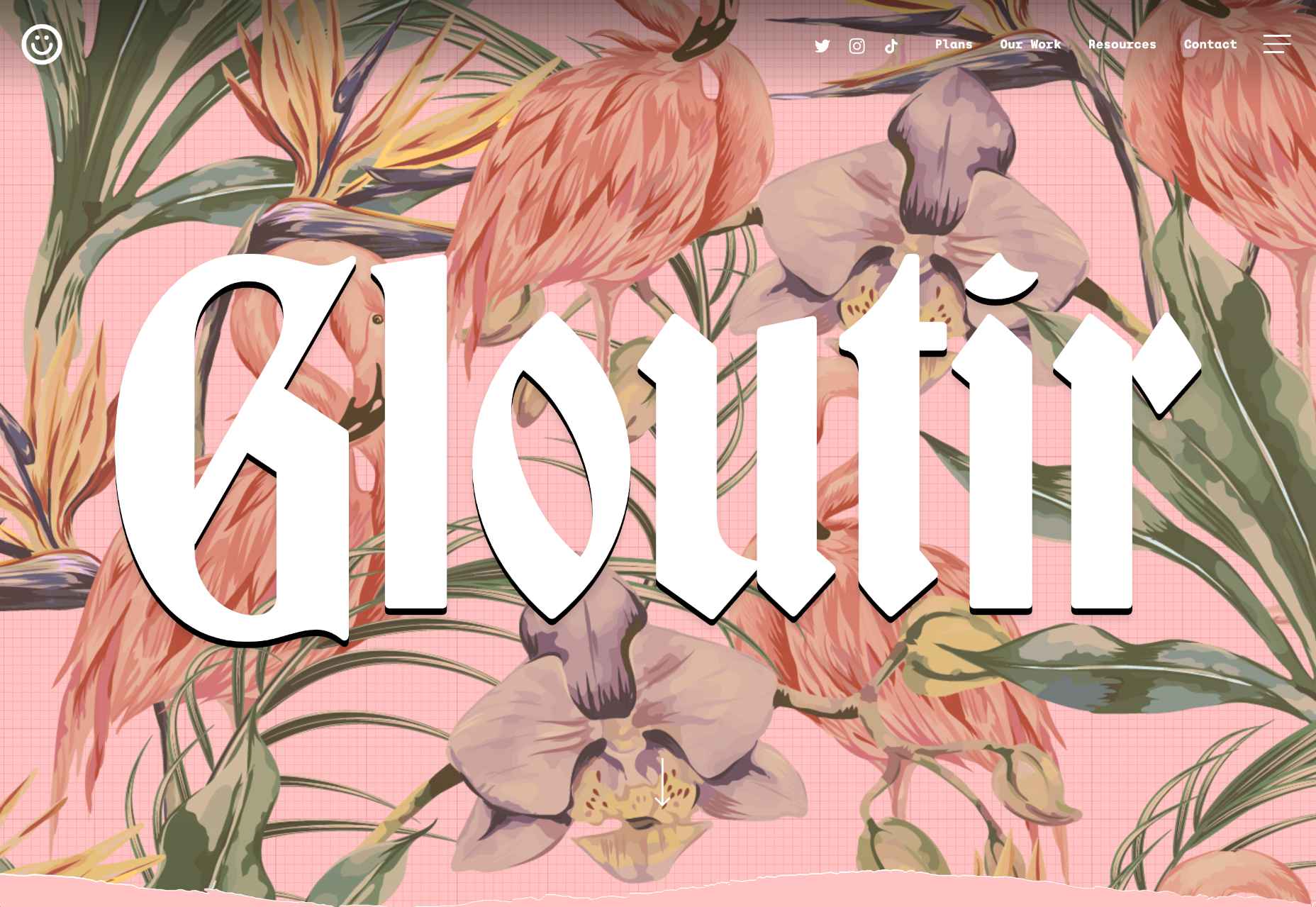
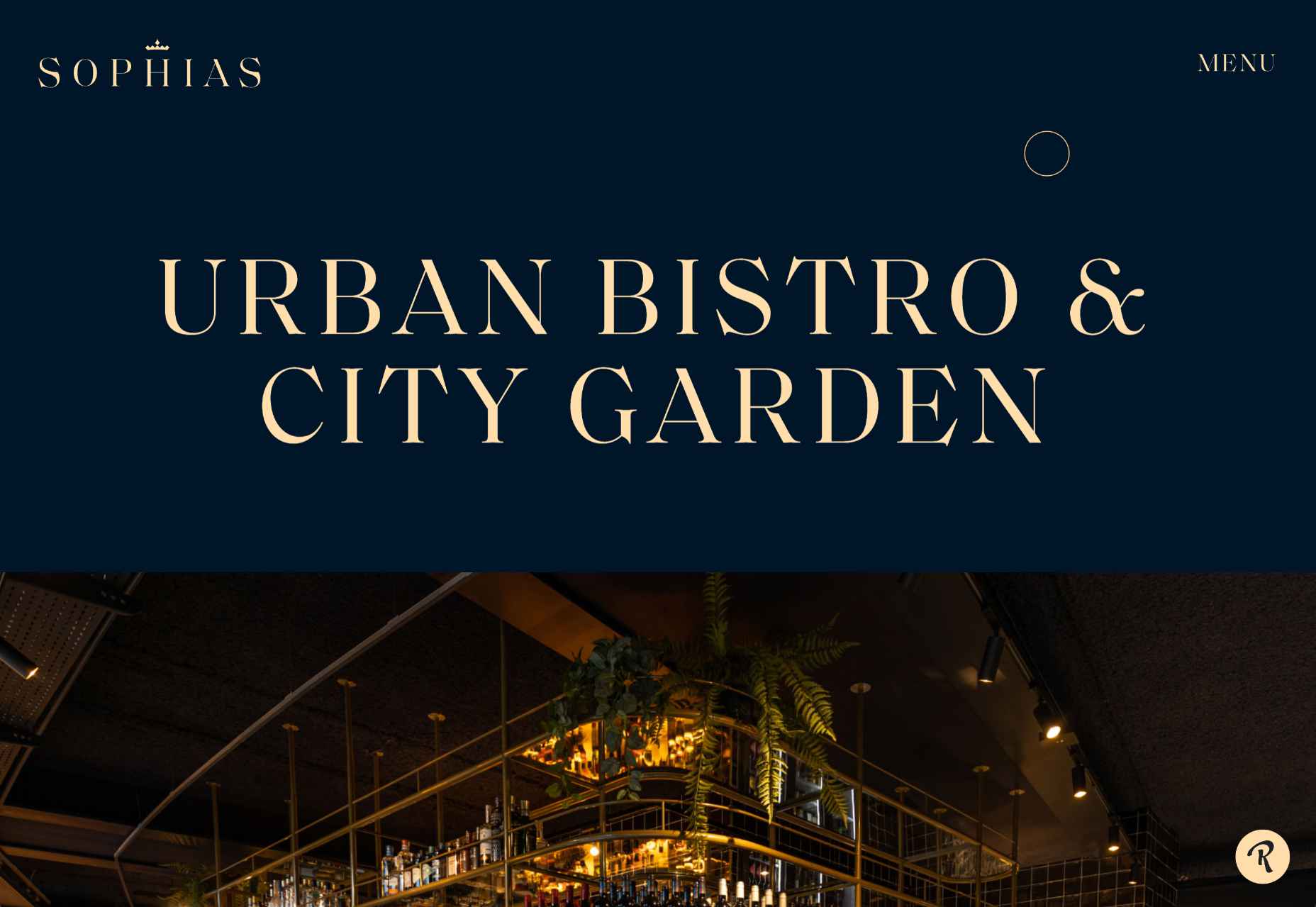

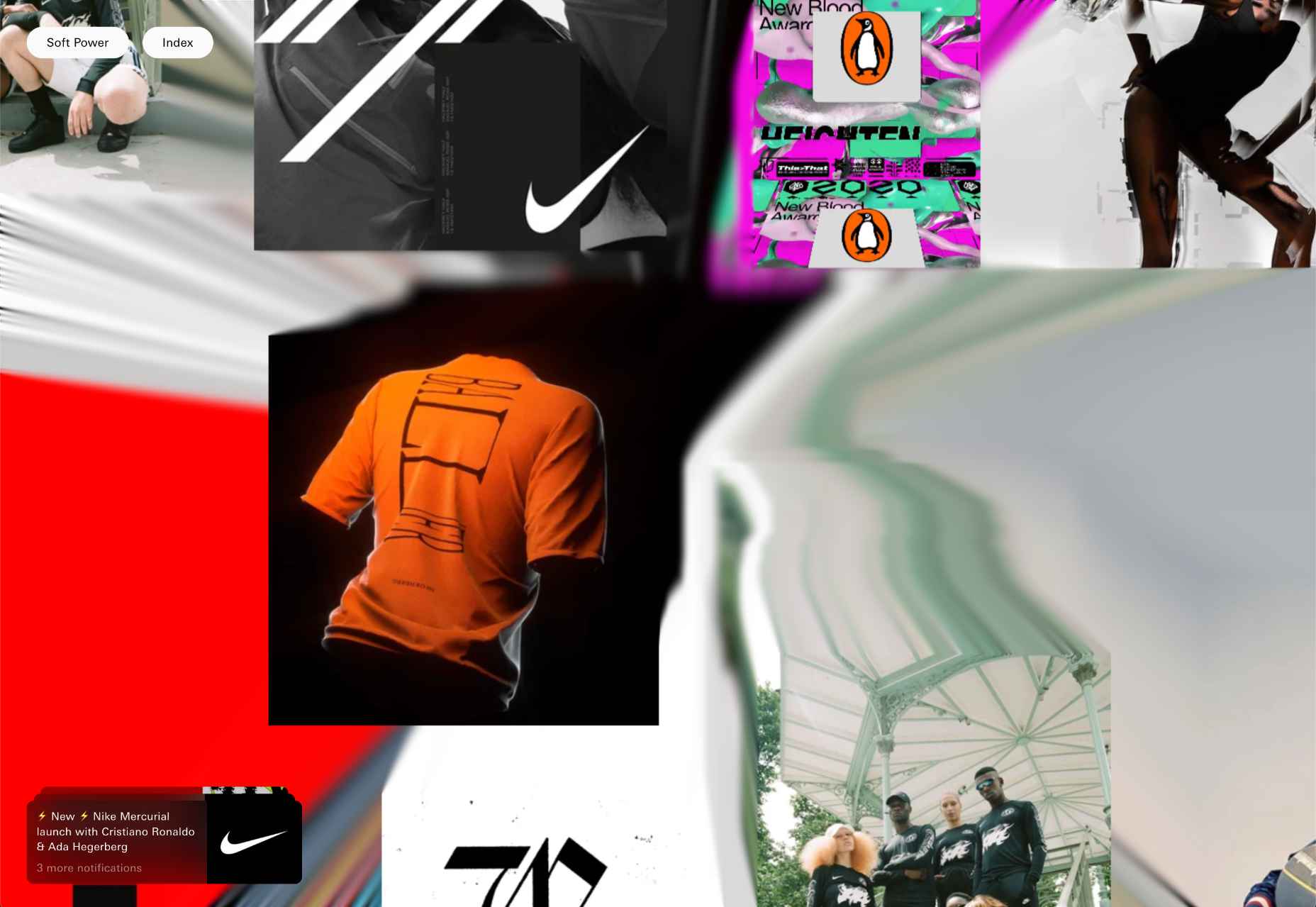
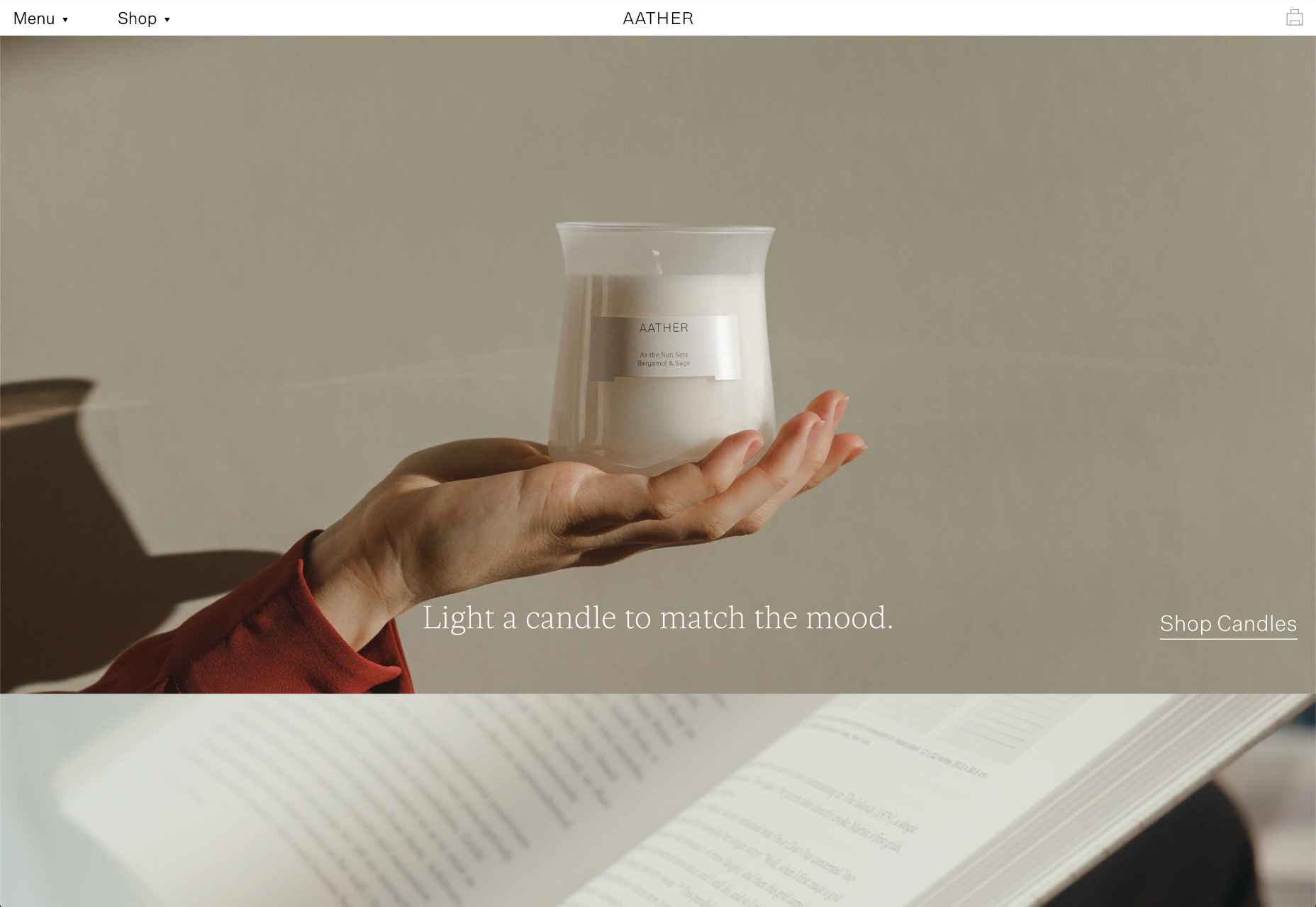

 Every day design fans submit incredible industry stories to our sister-site, Webdesigner News. Our colleagues sift through it, selecting the very best stories from the design, UX, tech, and development worlds and posting them live on the site.
Every day design fans submit incredible industry stories to our sister-site, Webdesigner News. Our colleagues sift through it, selecting the very best stories from the design, UX, tech, and development worlds and posting them live on the site.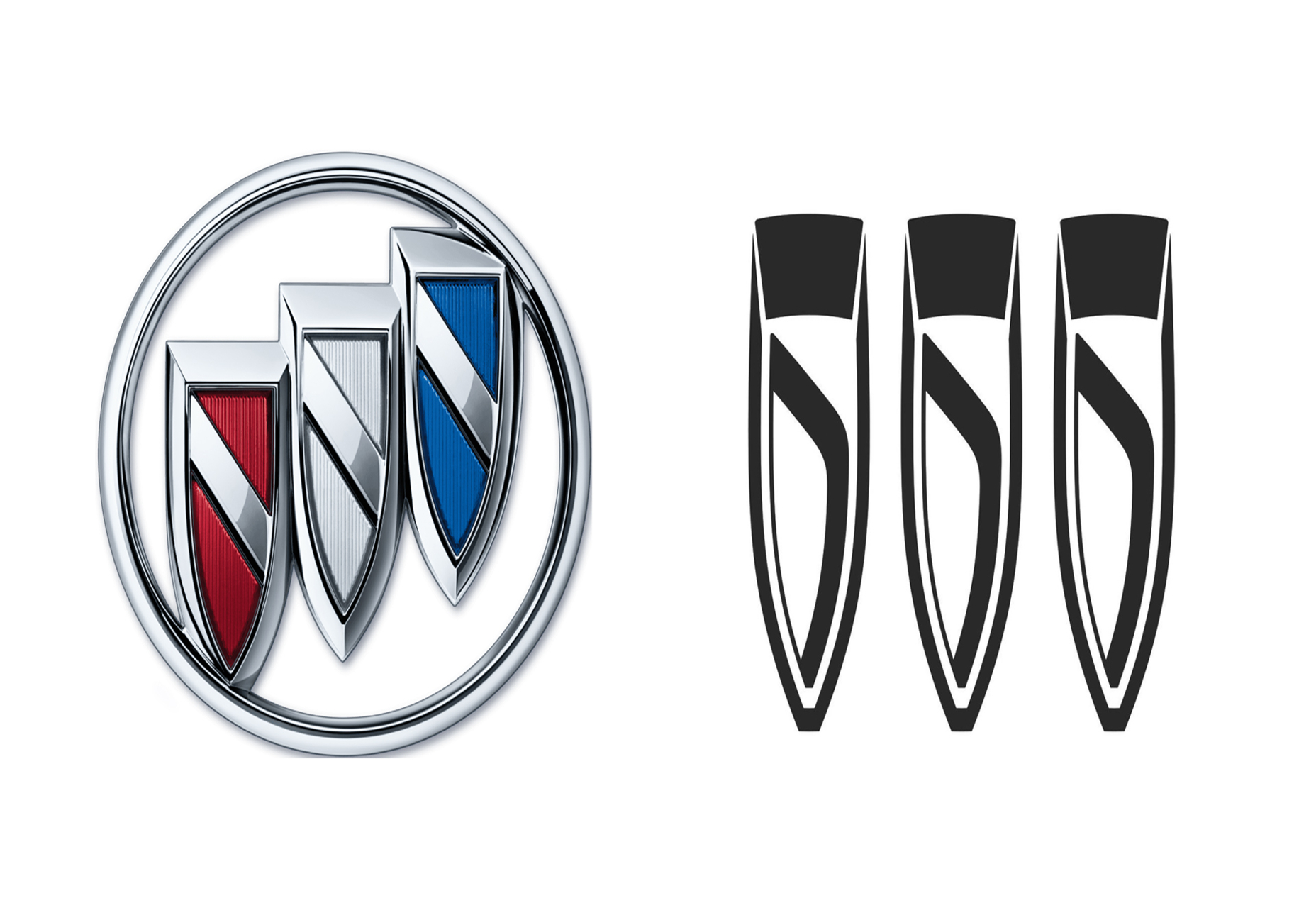

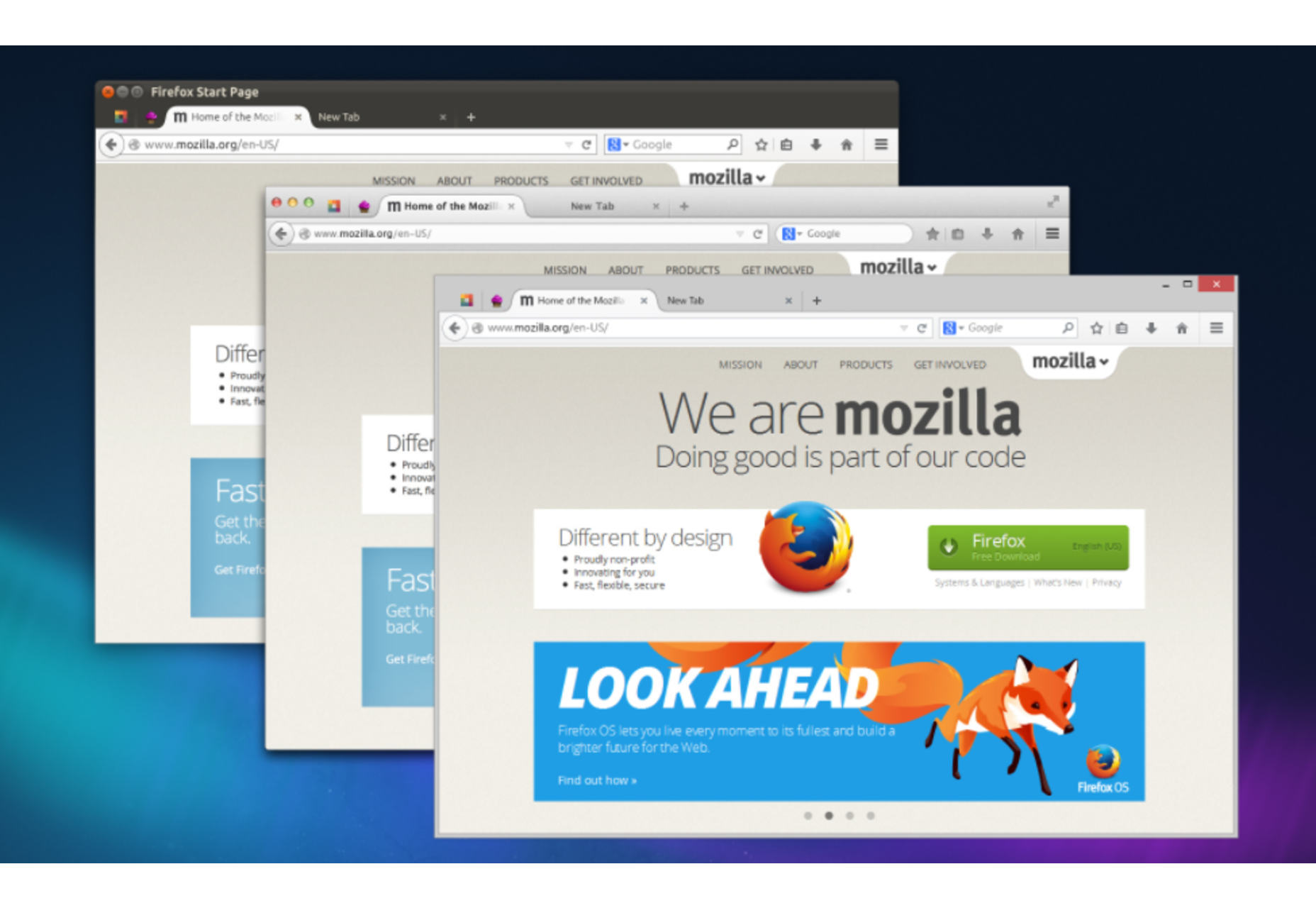

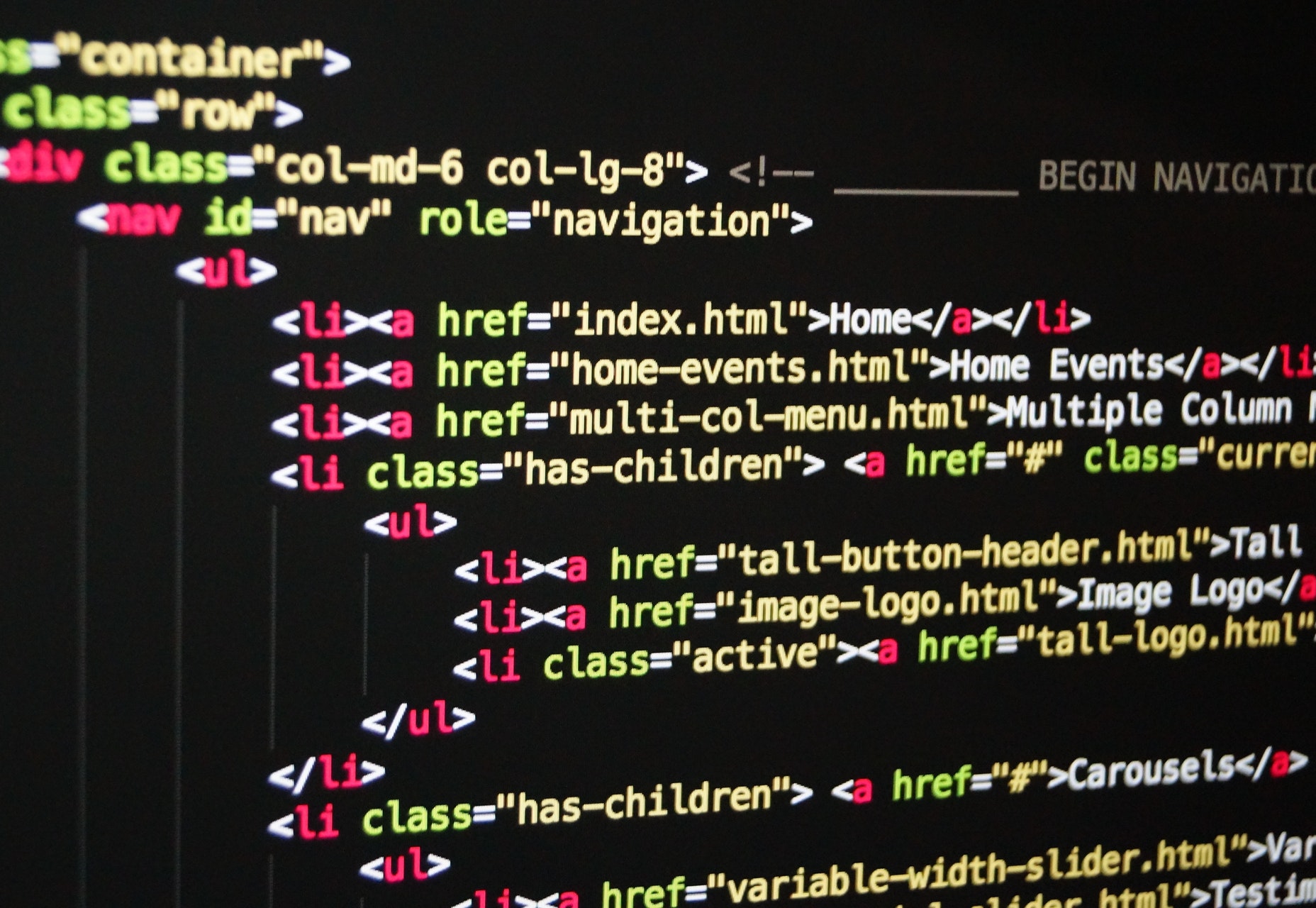

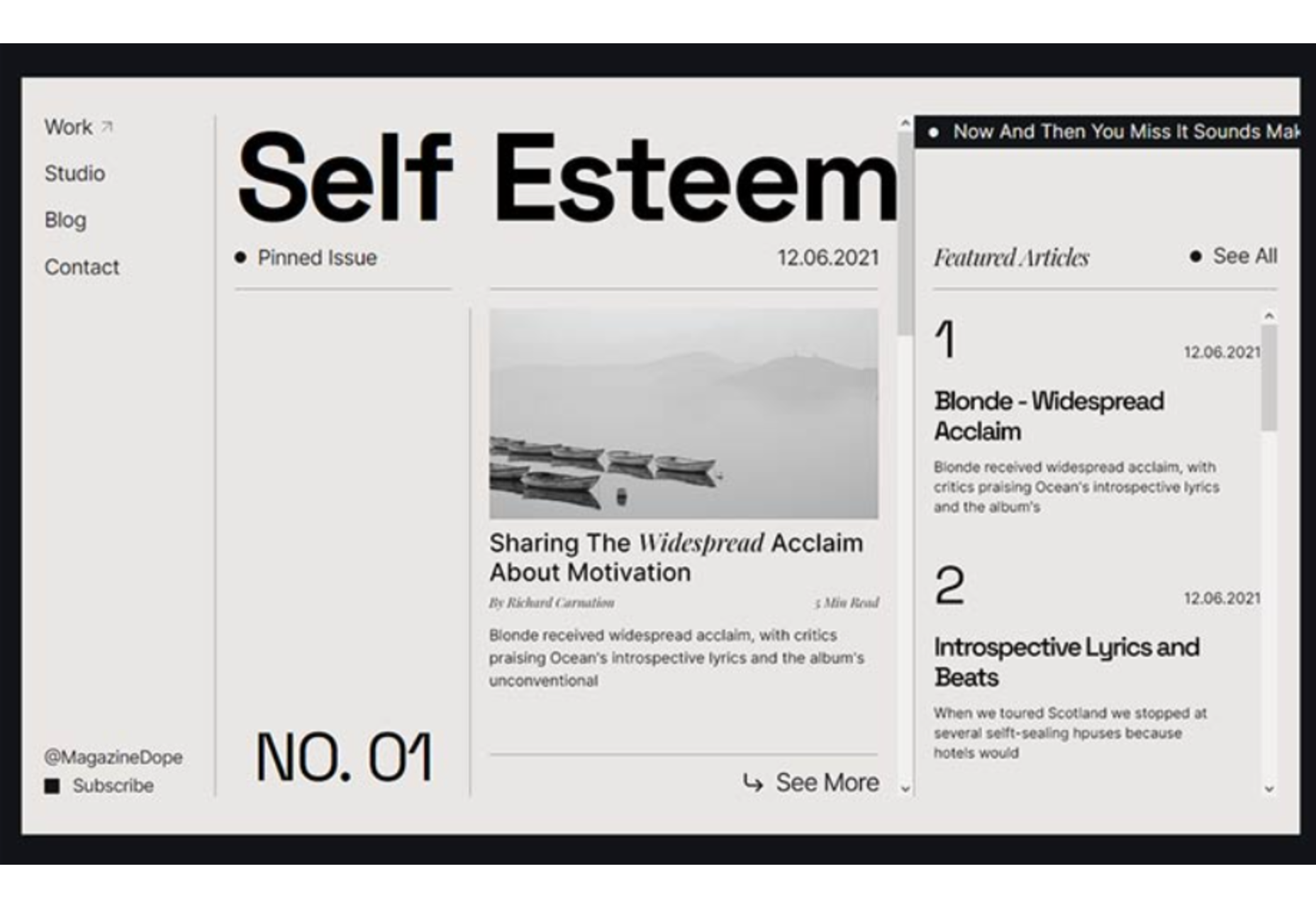
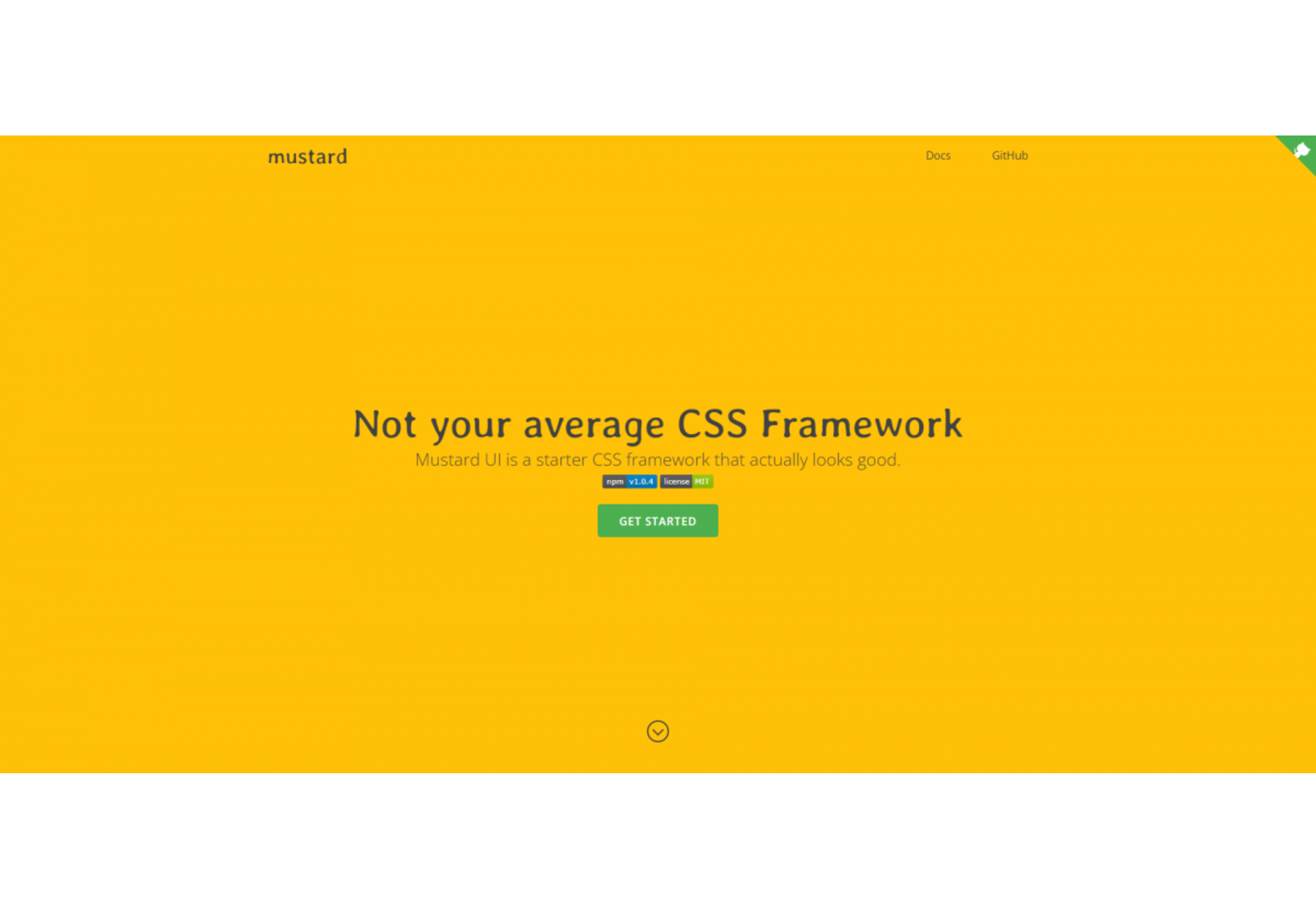
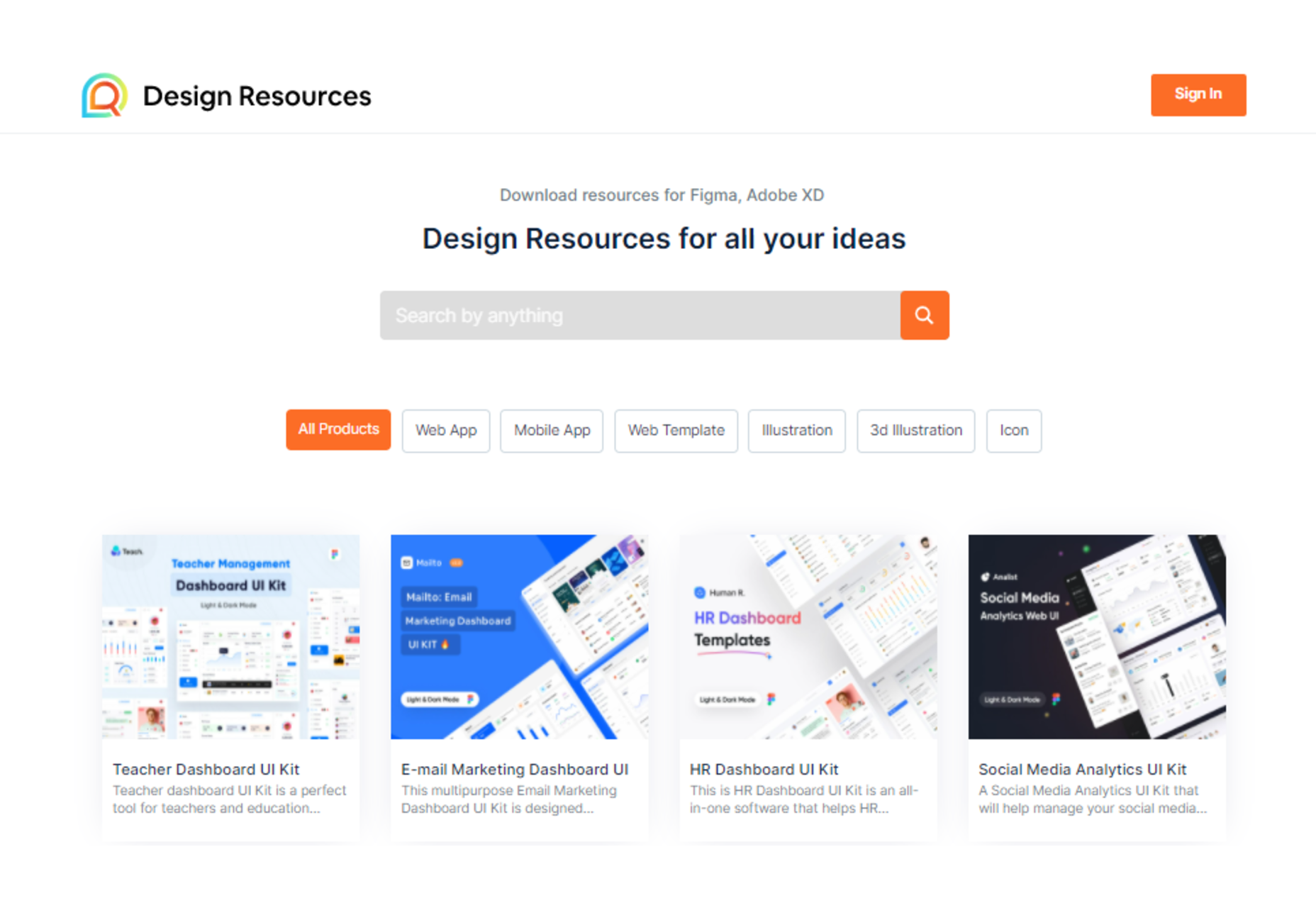
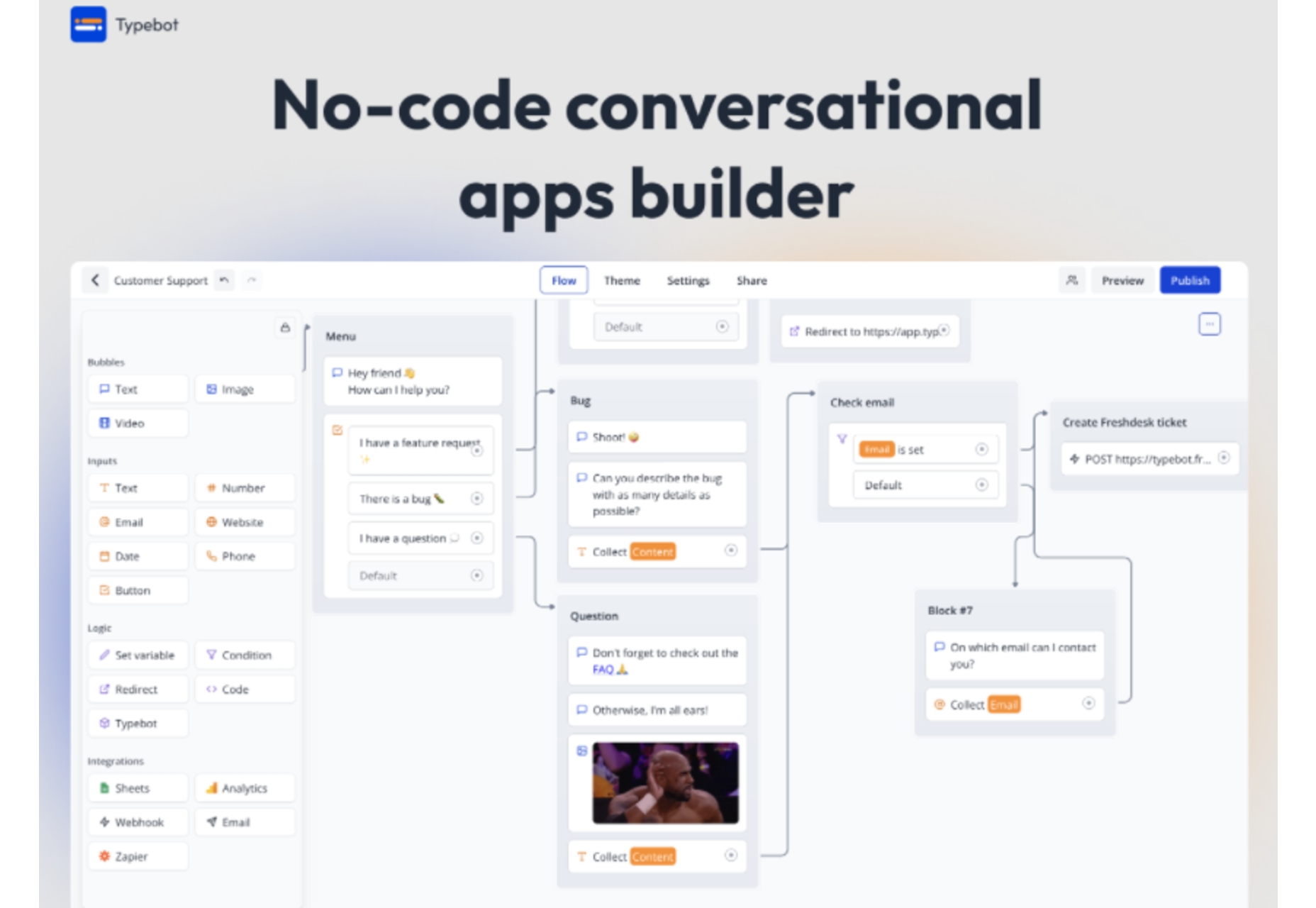
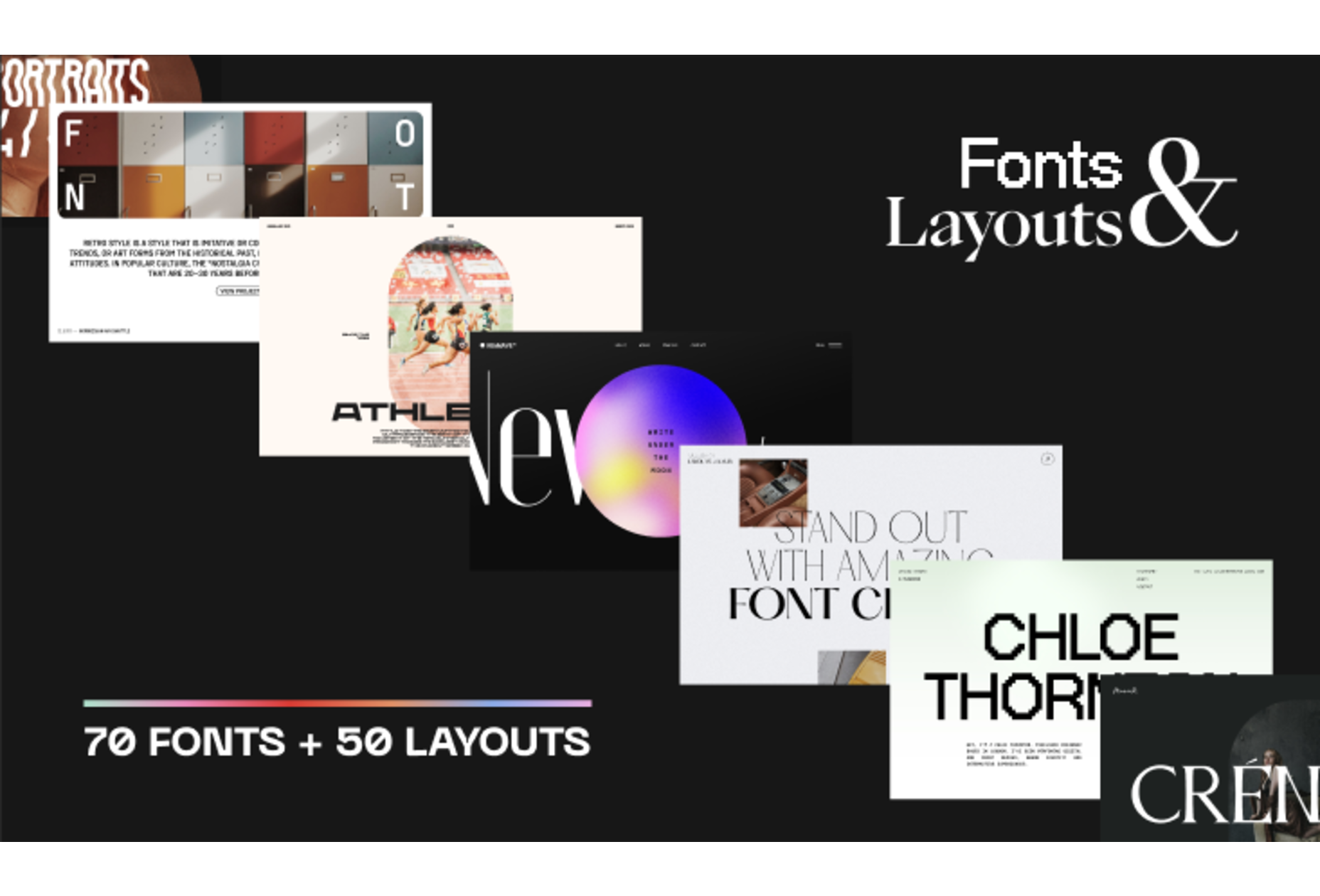
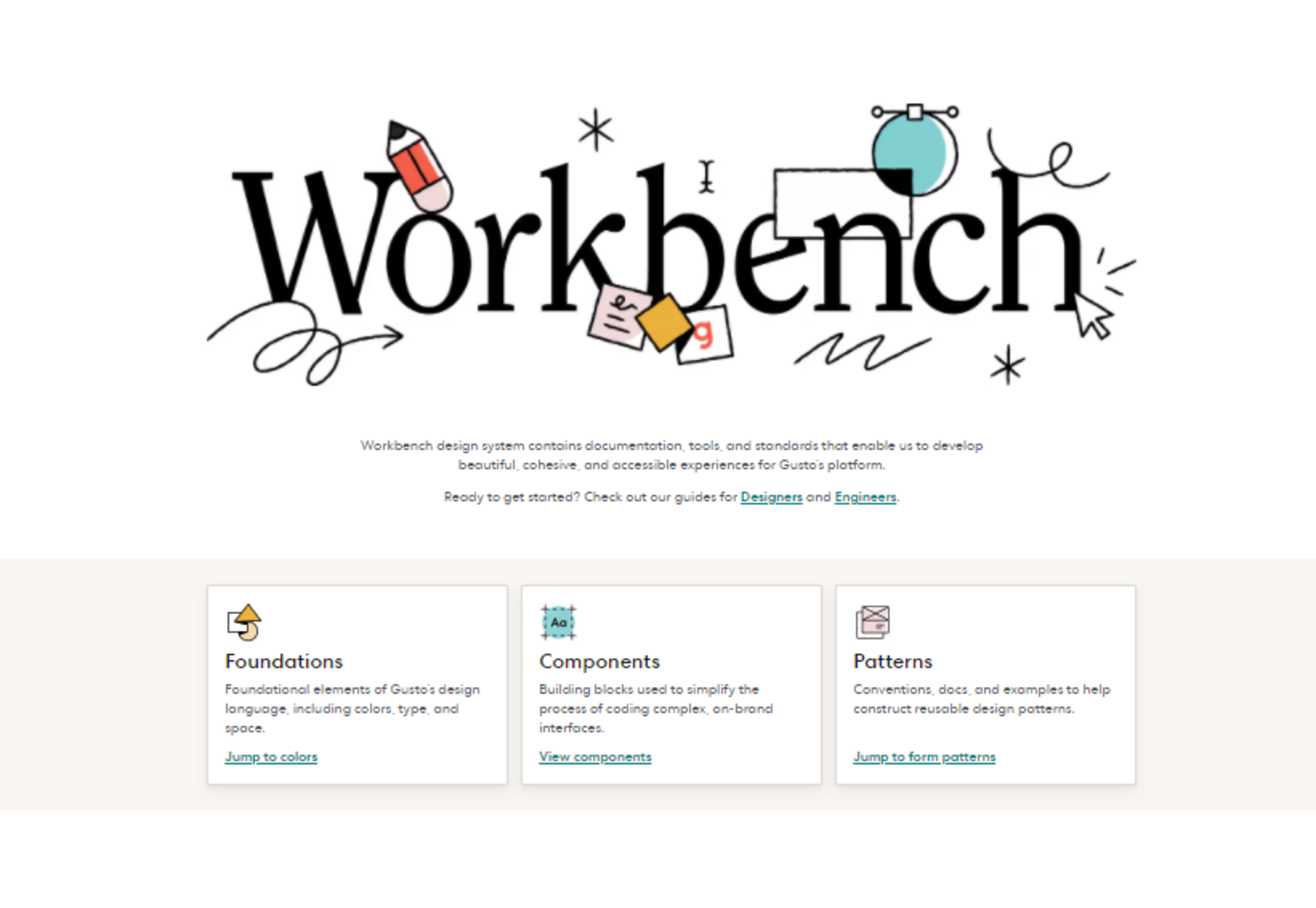
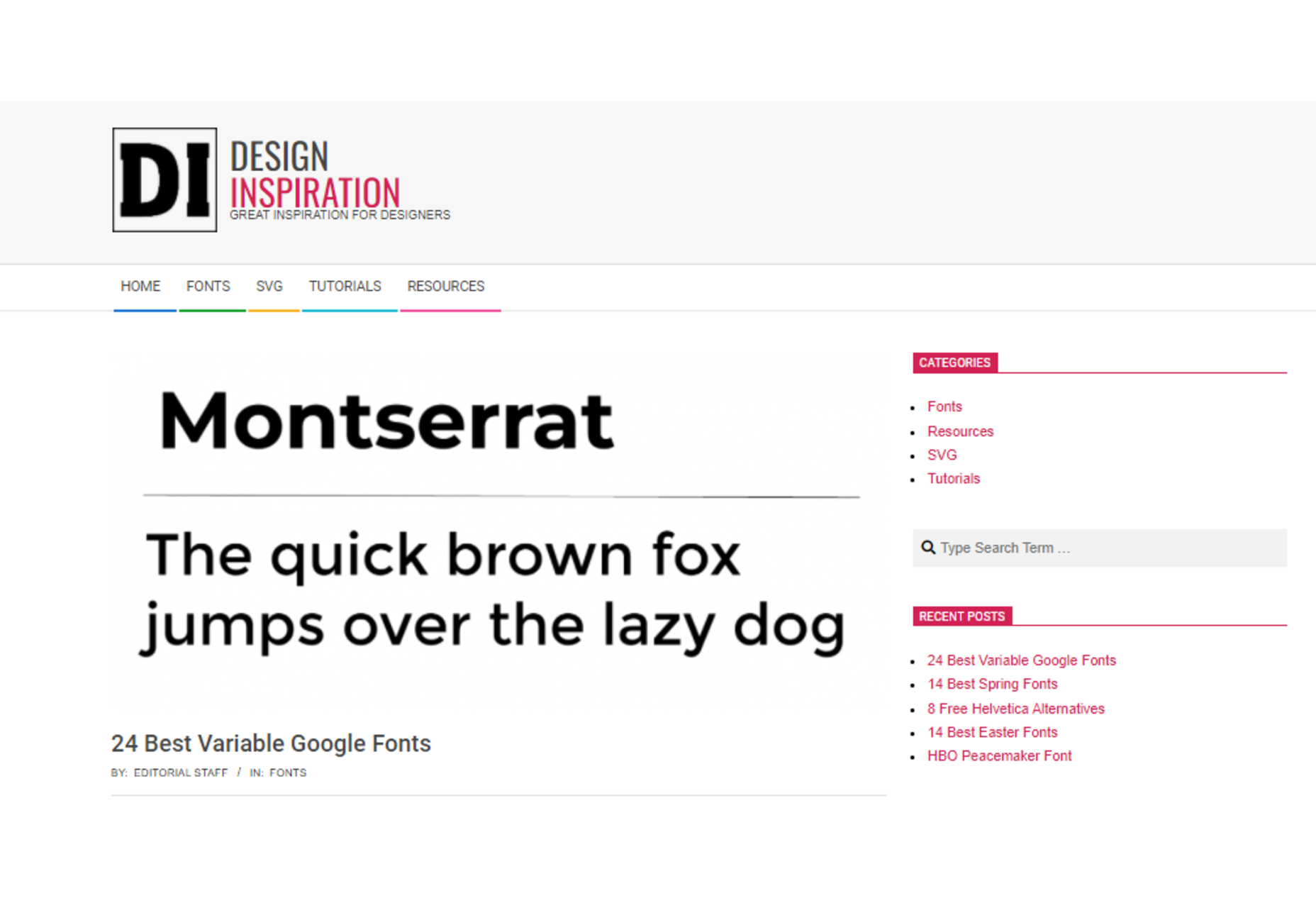

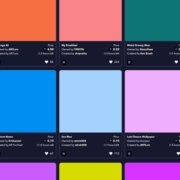
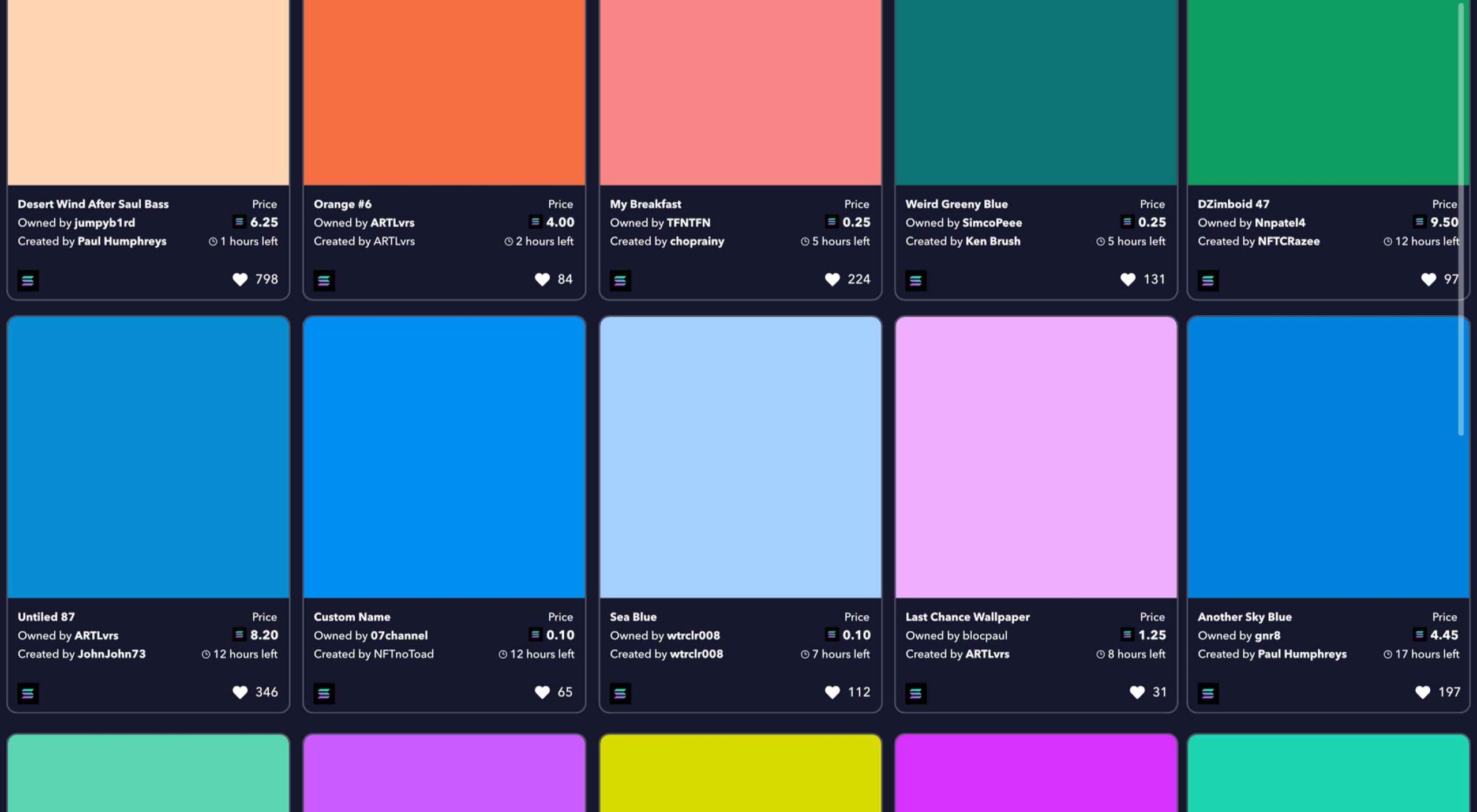 Combining minimalist aesthetics with the ongoing trend for digital art,
Combining minimalist aesthetics with the ongoing trend for digital art, 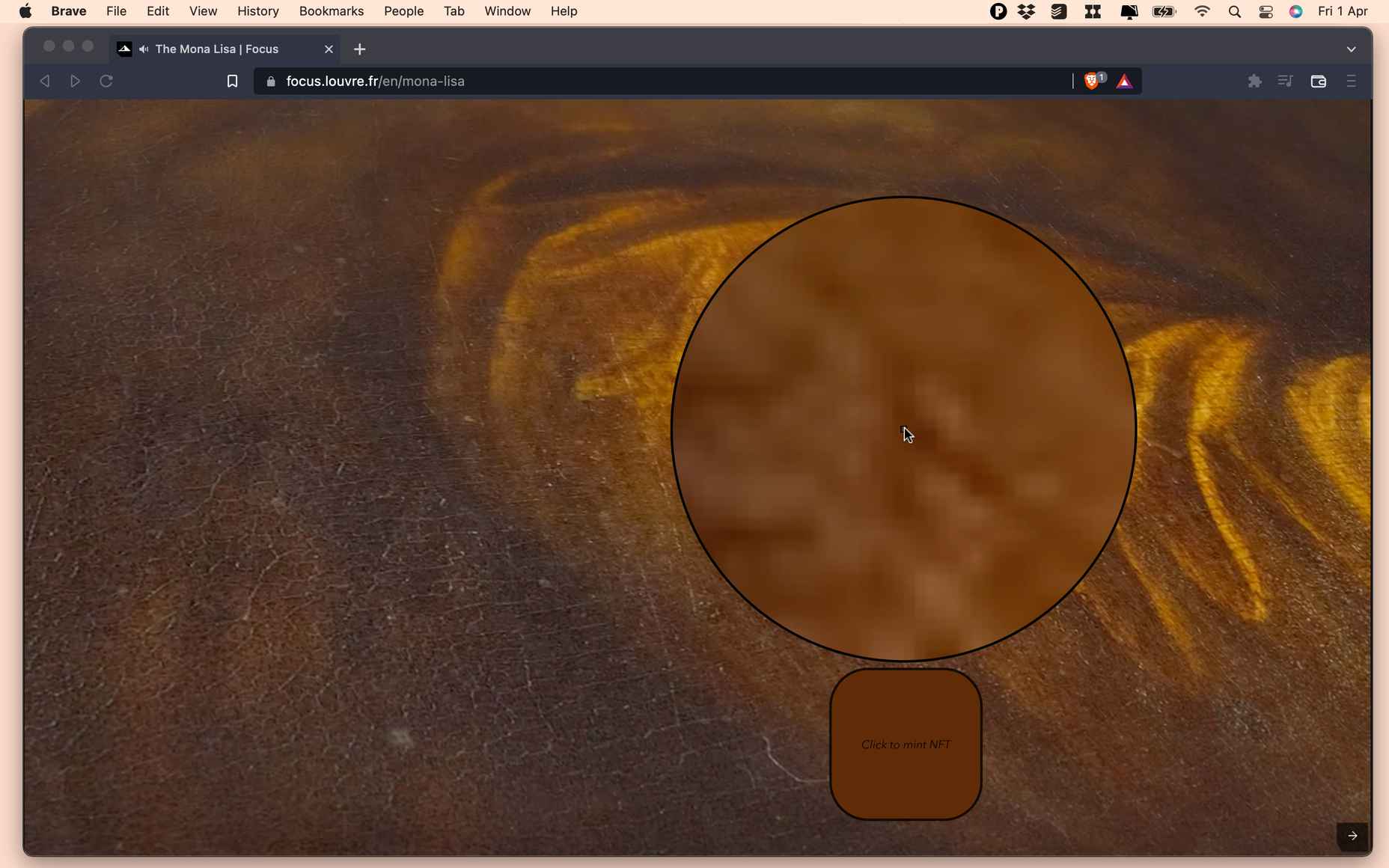
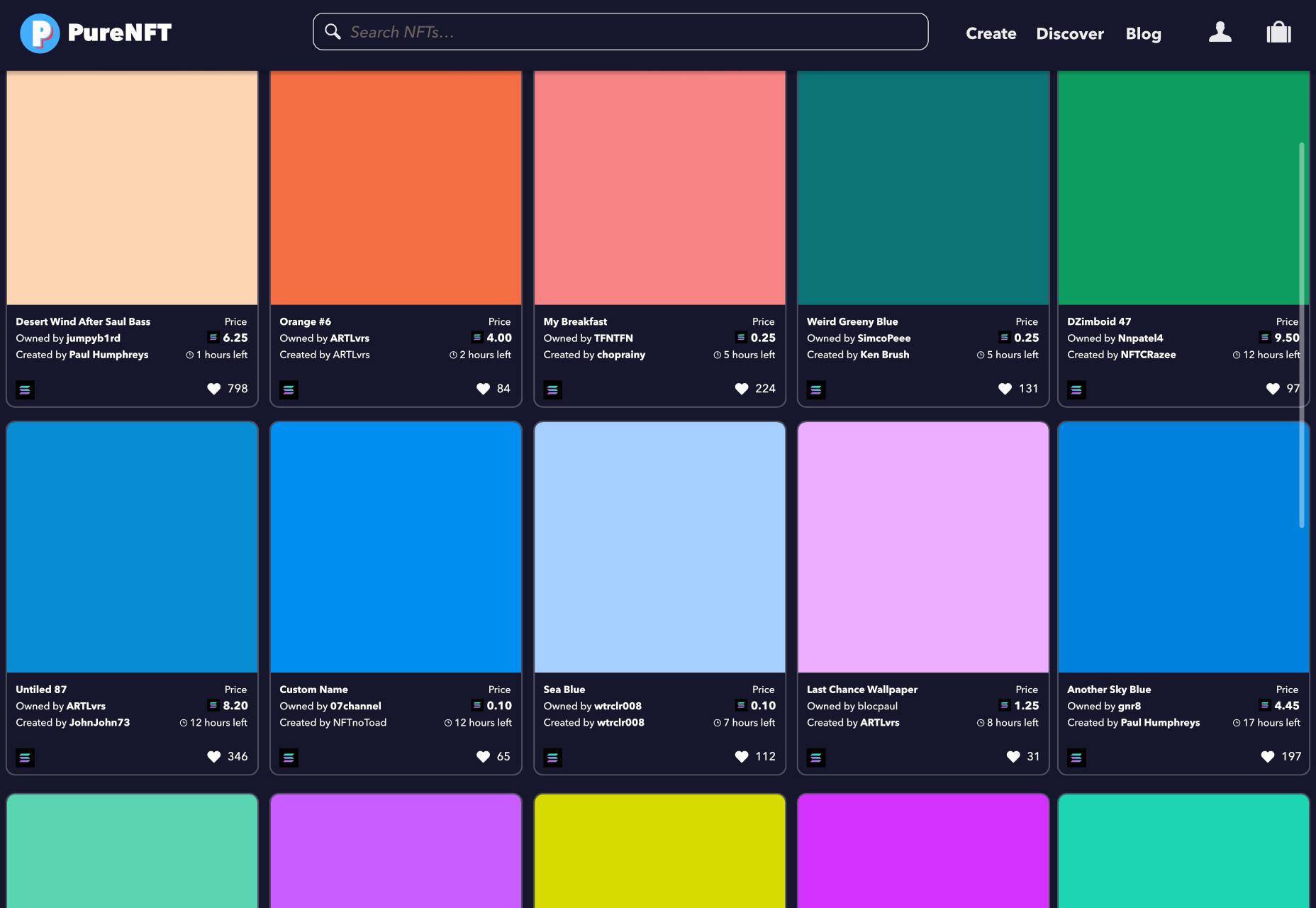

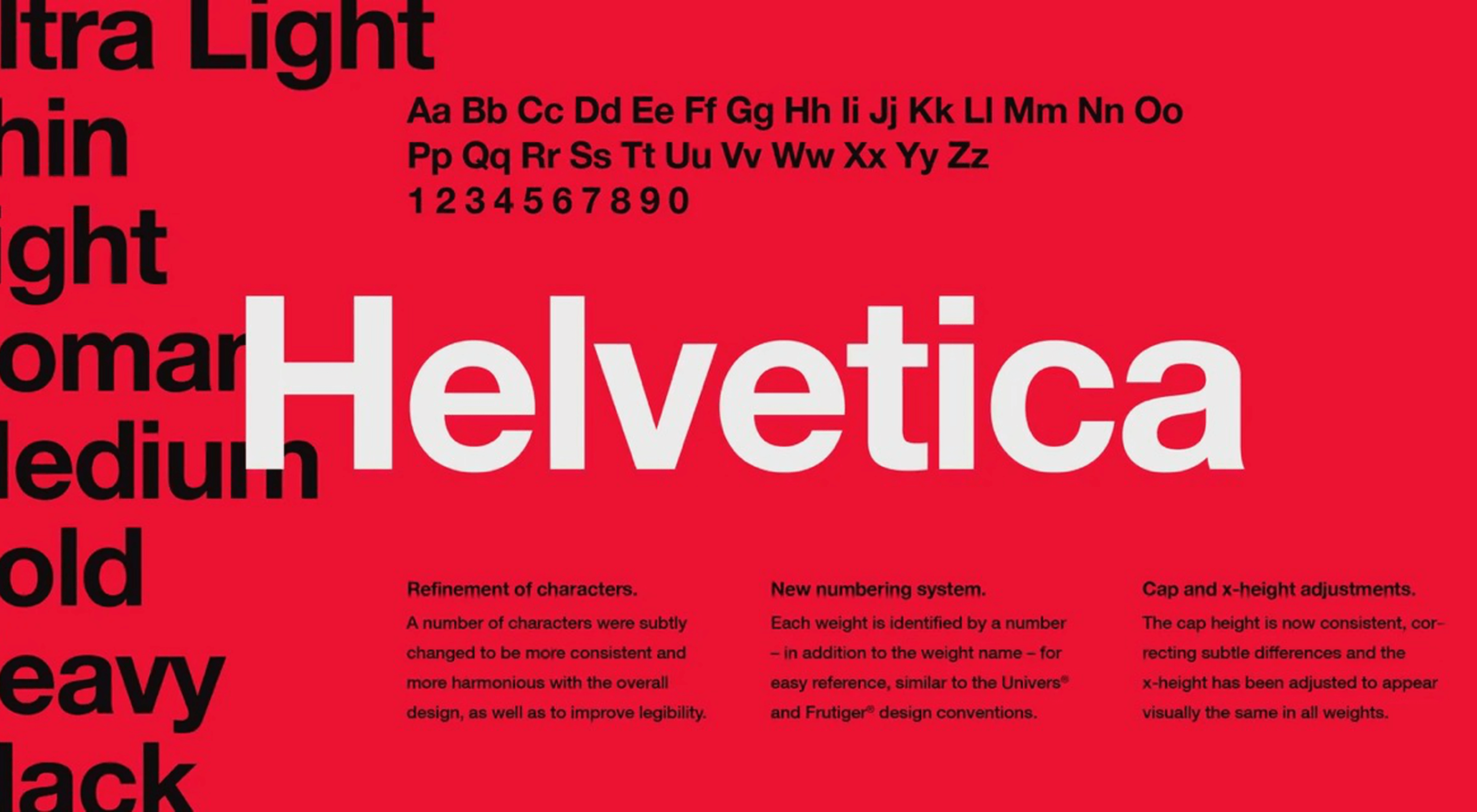 Few fonts in the world have become a part of the cultural landscape that they have an entire documentary film and a MOMA exhibition made about them. Helvetica, however, is different. It has been the go-to font for everyone from government agencies to hip pop-up shops whenever clean and modern text is called for. It has become so much a part of our daily lives that it has created a long list of detractors.
Few fonts in the world have become a part of the cultural landscape that they have an entire documentary film and a MOMA exhibition made about them. Helvetica, however, is different. It has been the go-to font for everyone from government agencies to hip pop-up shops whenever clean and modern text is called for. It has become so much a part of our daily lives that it has created a long list of detractors. 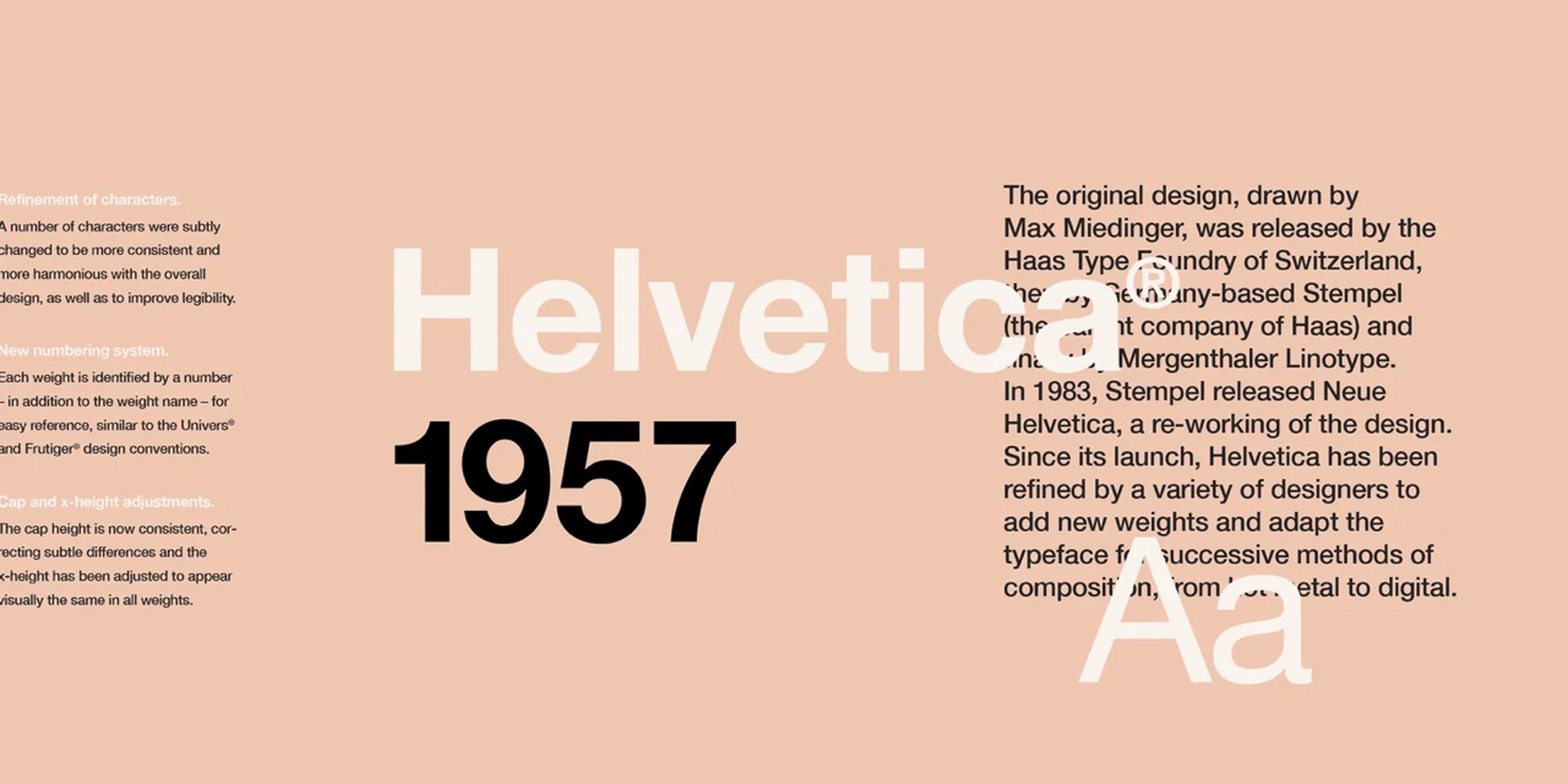
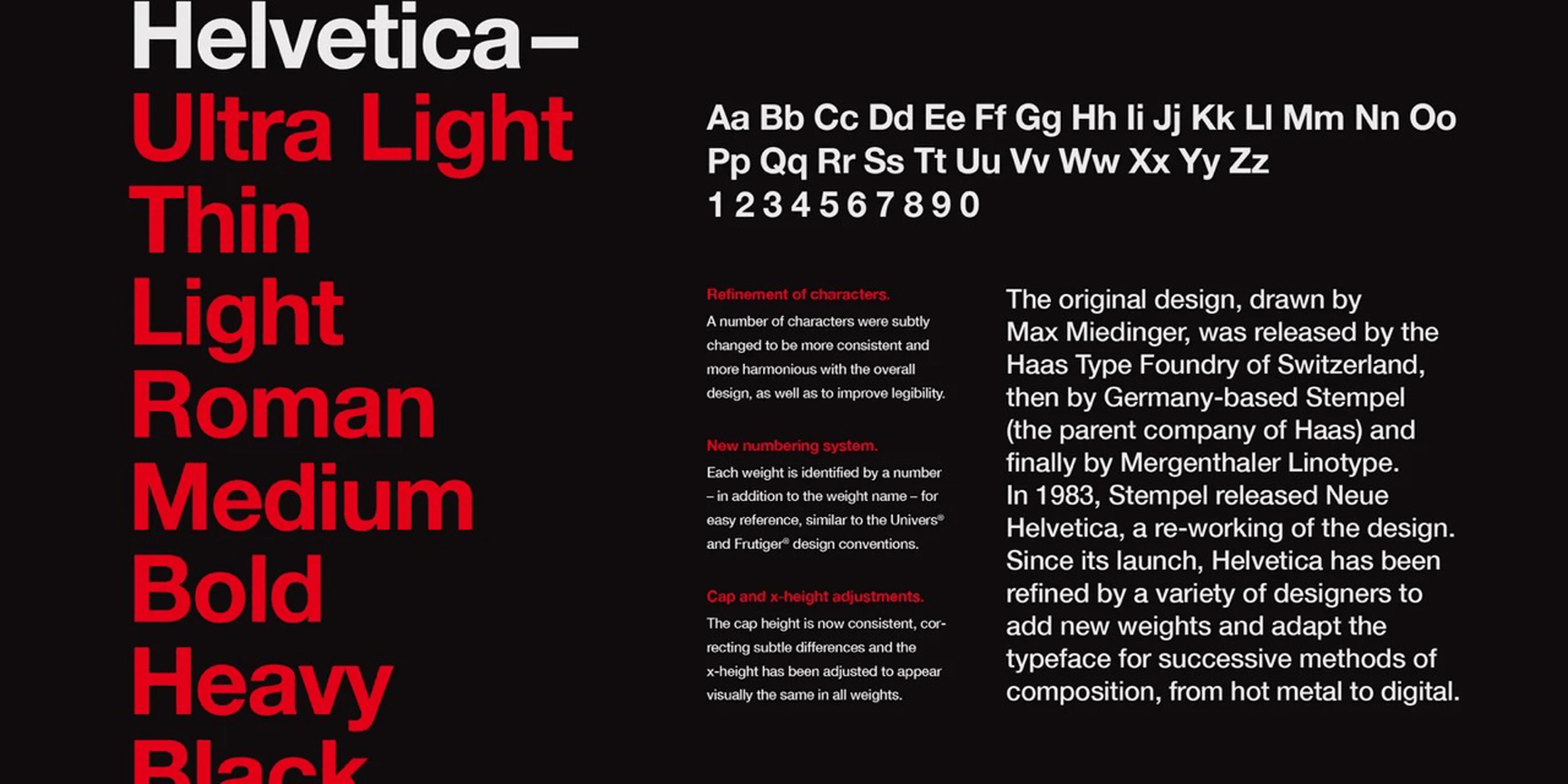
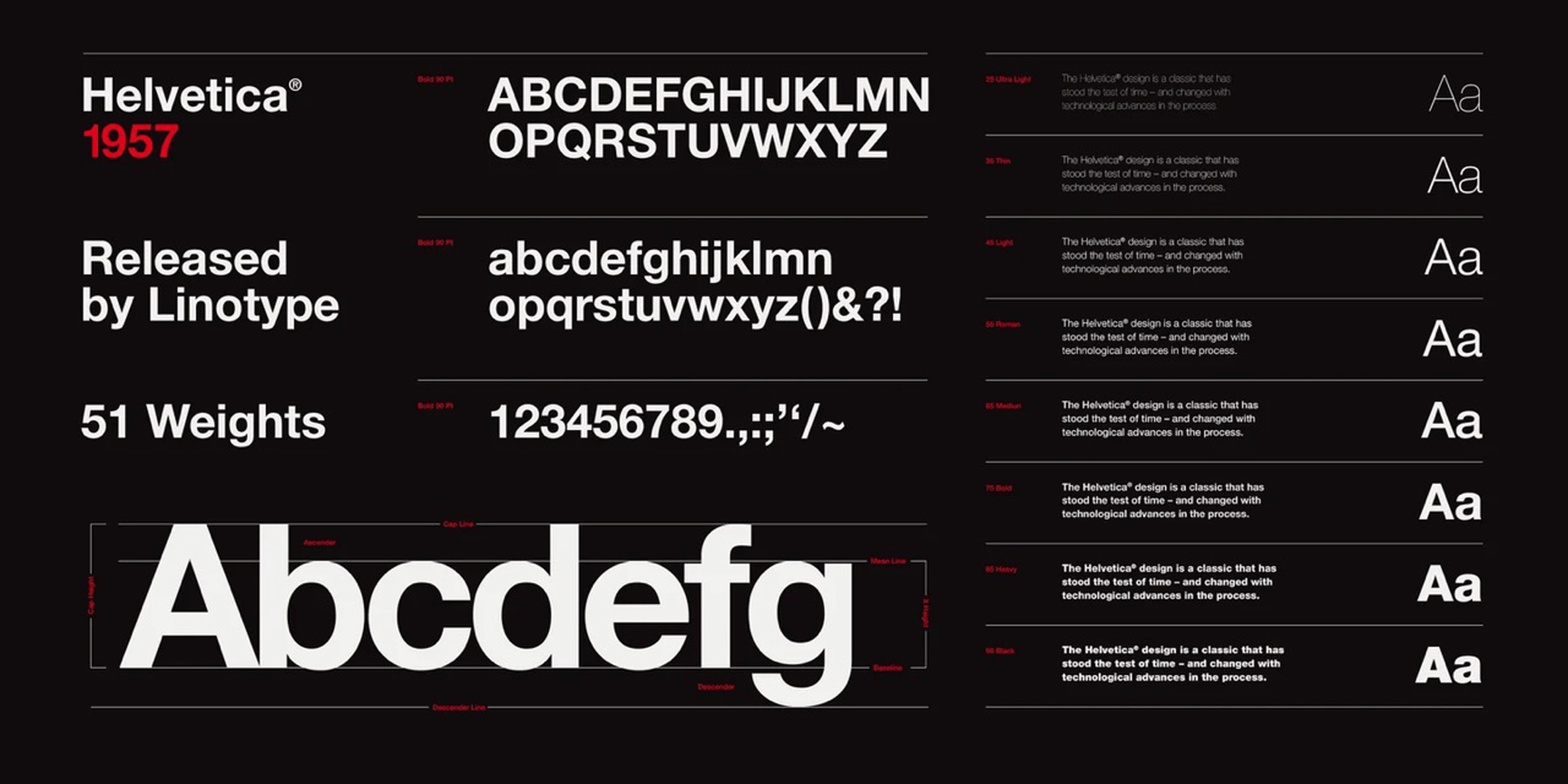
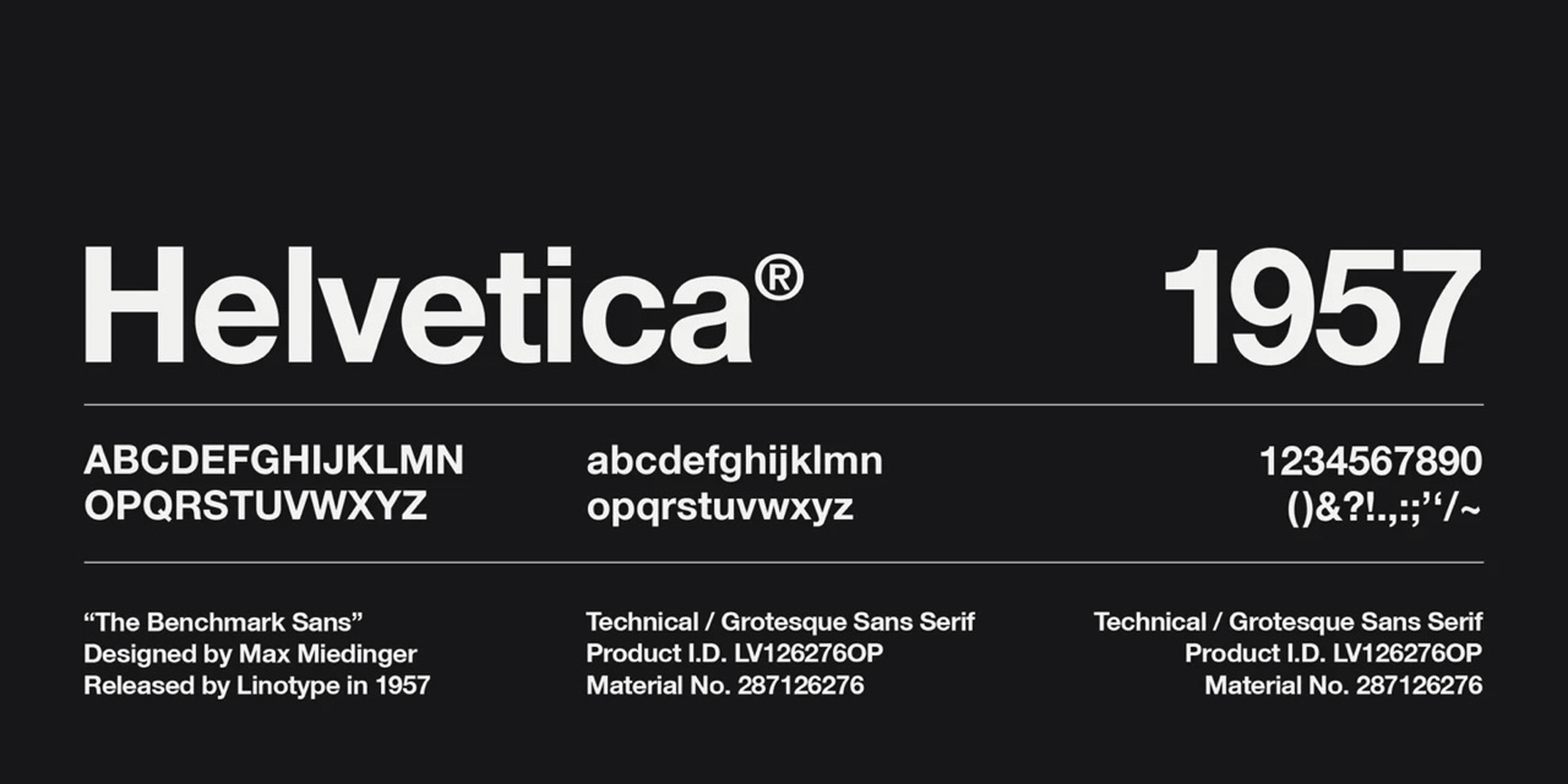
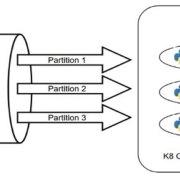

 This month’s collection of the best new fonts is headed in a lighter and quirkier direction than previous months. What’s more, font foundries seem to be getting more creative with their designs as many of these fonts come with alternative stylistic sets, giving you more control over the resulting typeface.
This month’s collection of the best new fonts is headed in a lighter and quirkier direction than previous months. What’s more, font foundries seem to be getting more creative with their designs as many of these fonts come with alternative stylistic sets, giving you more control over the resulting typeface.















 Every day design fans submit incredible industry stories to our sister-site, Webdesigner News. Our colleagues sift through it, selecting the very best stories from the design, UX, tech, and development worlds and posting them live on the site.
Every day design fans submit incredible industry stories to our sister-site, Webdesigner News. Our colleagues sift through it, selecting the very best stories from the design, UX, tech, and development worlds and posting them live on the site.